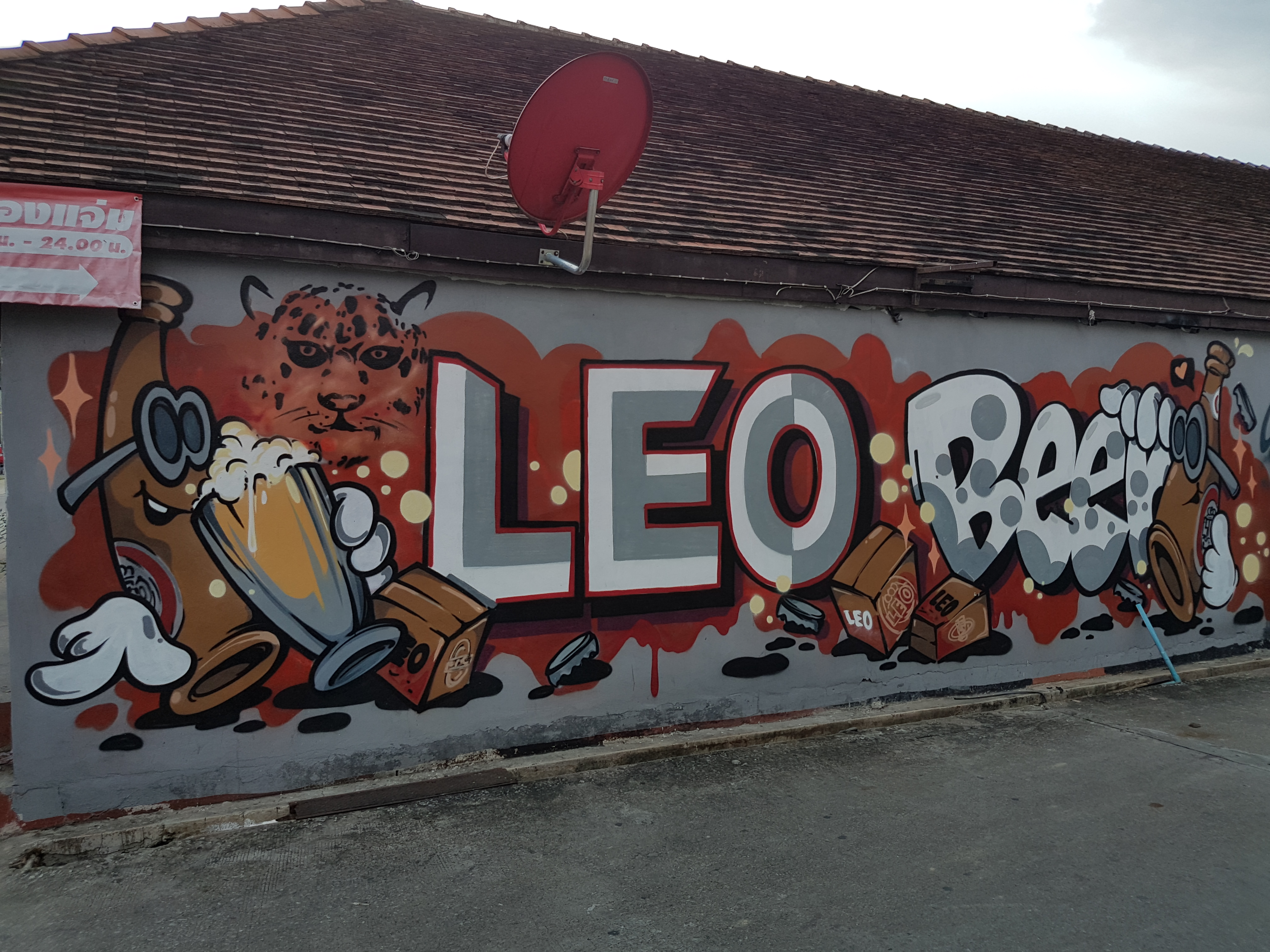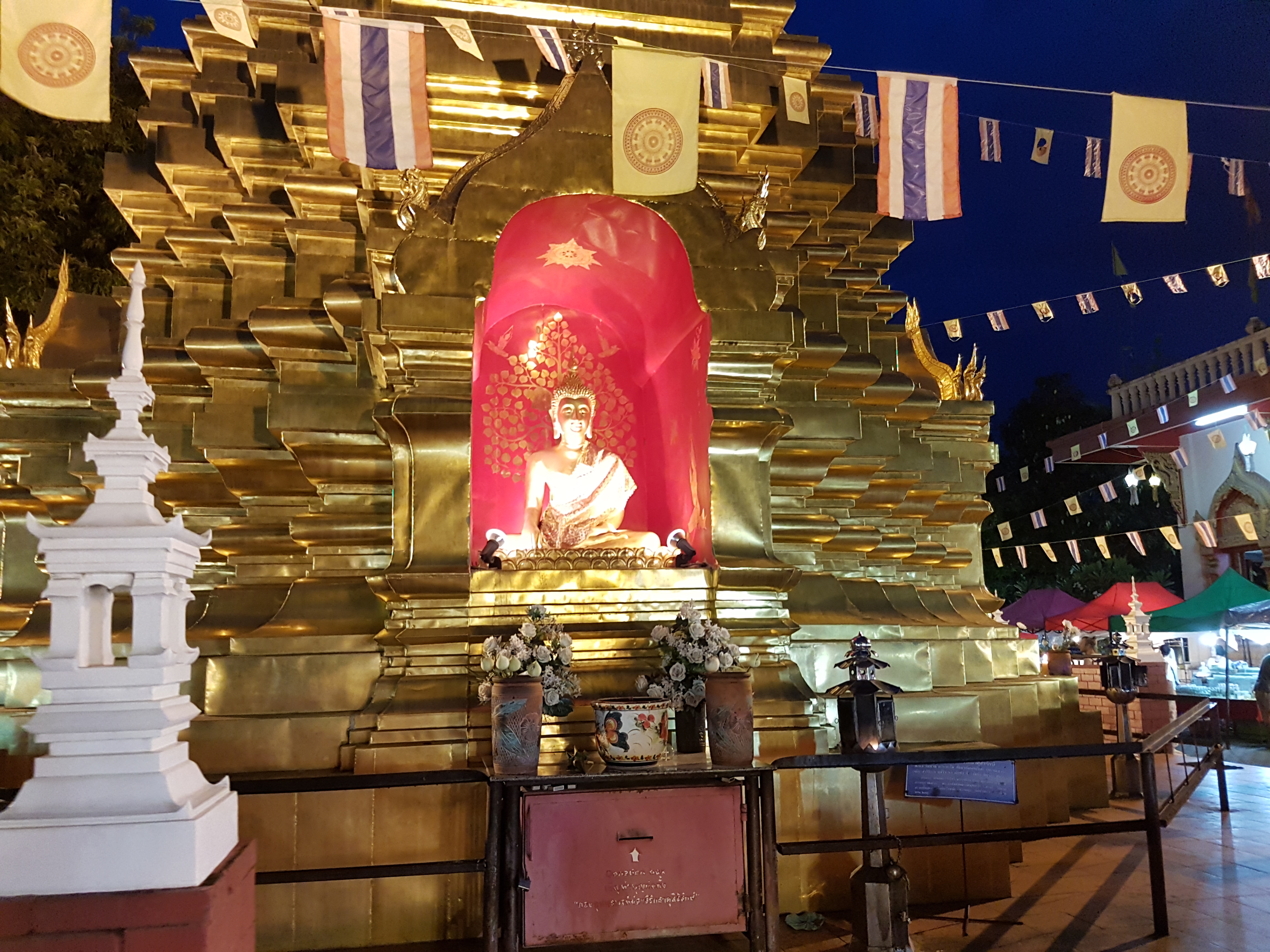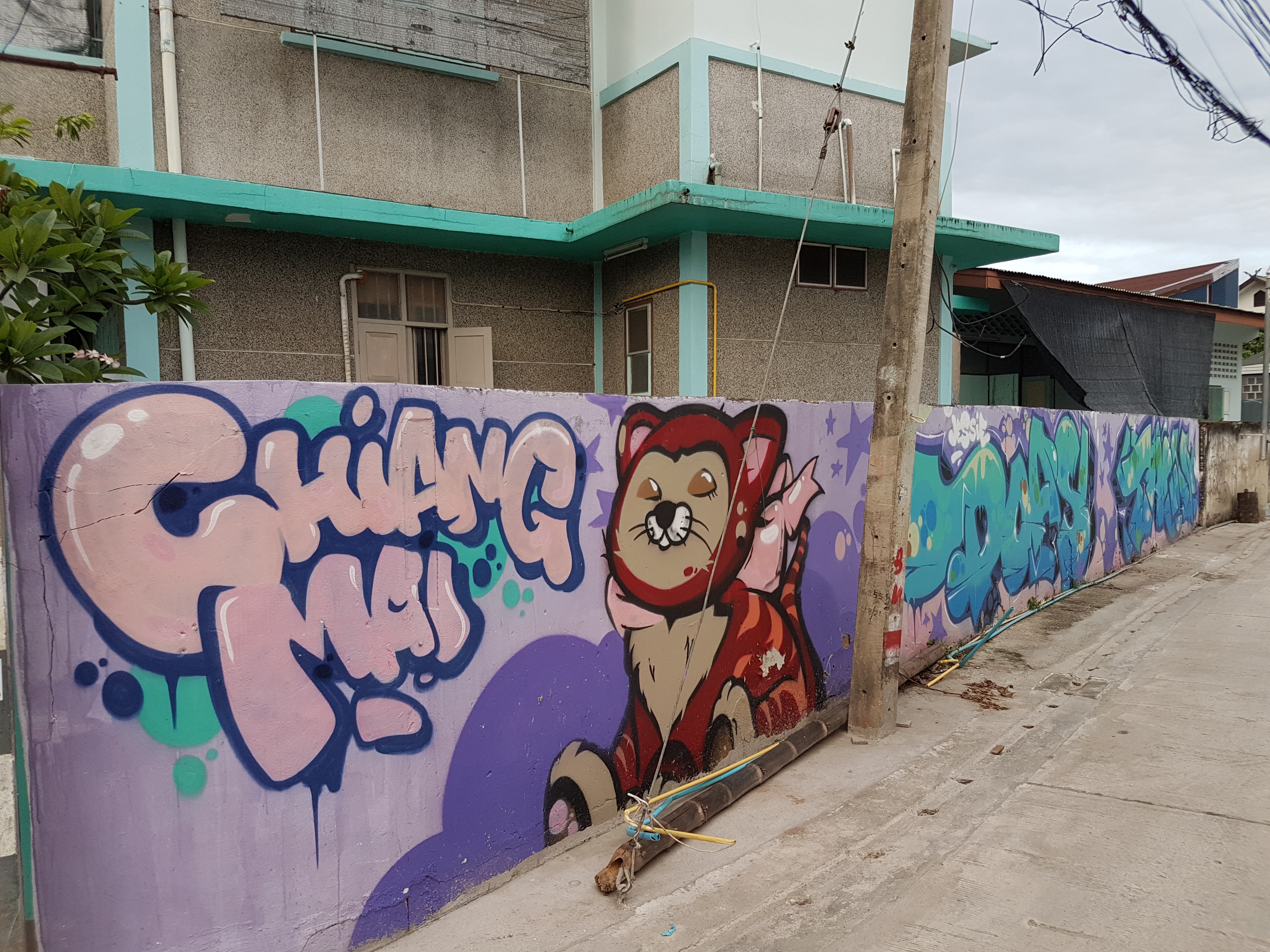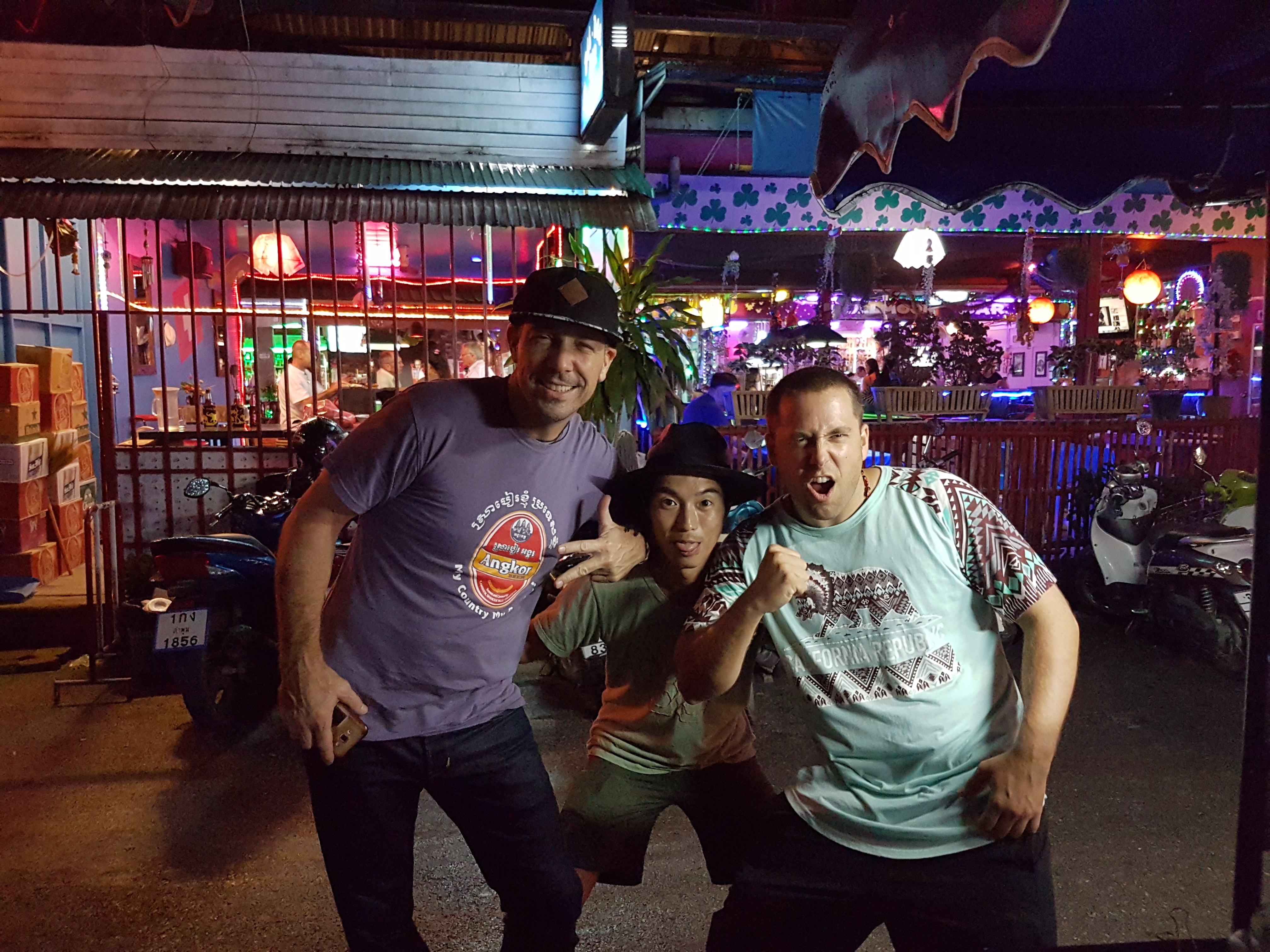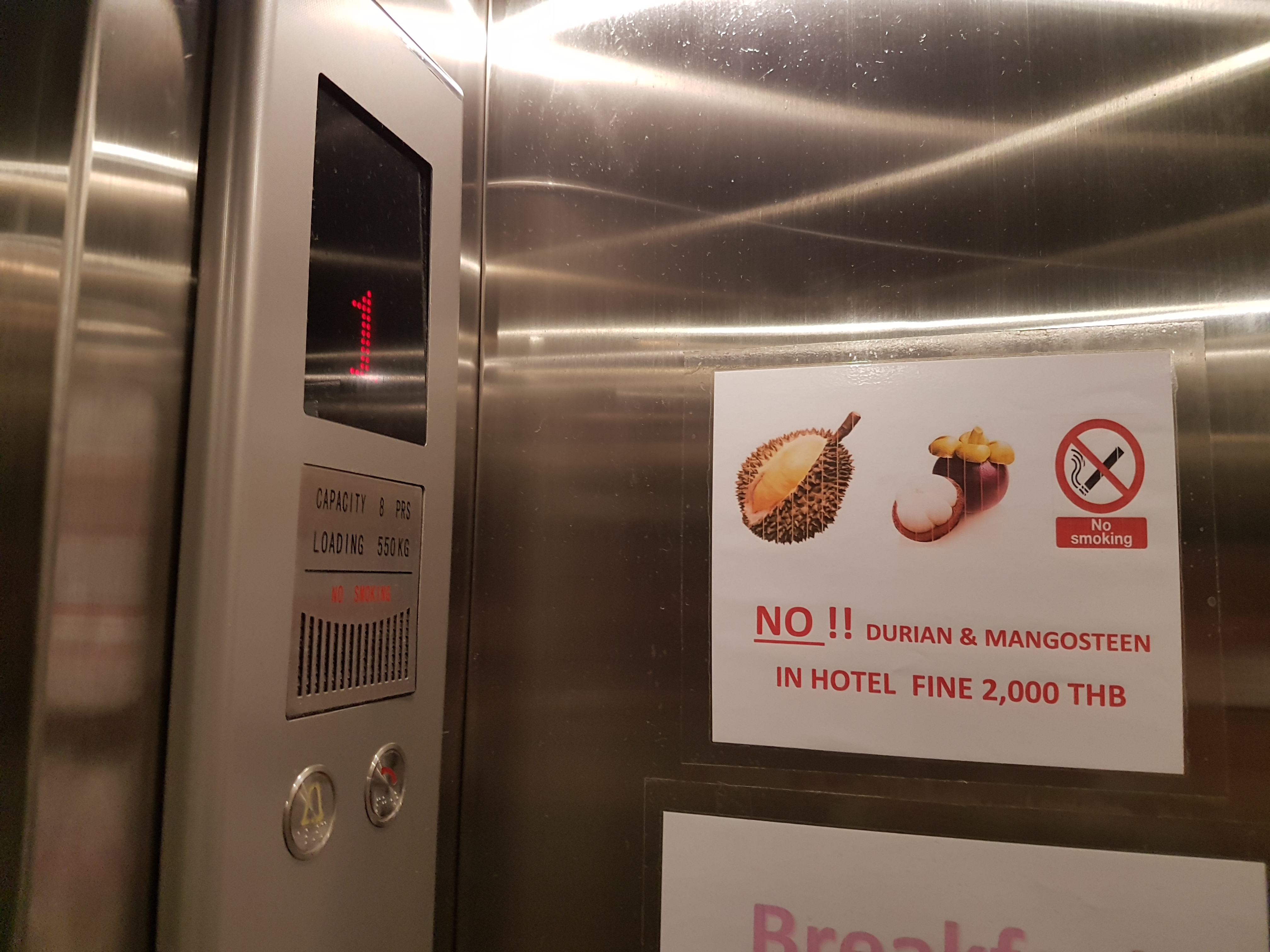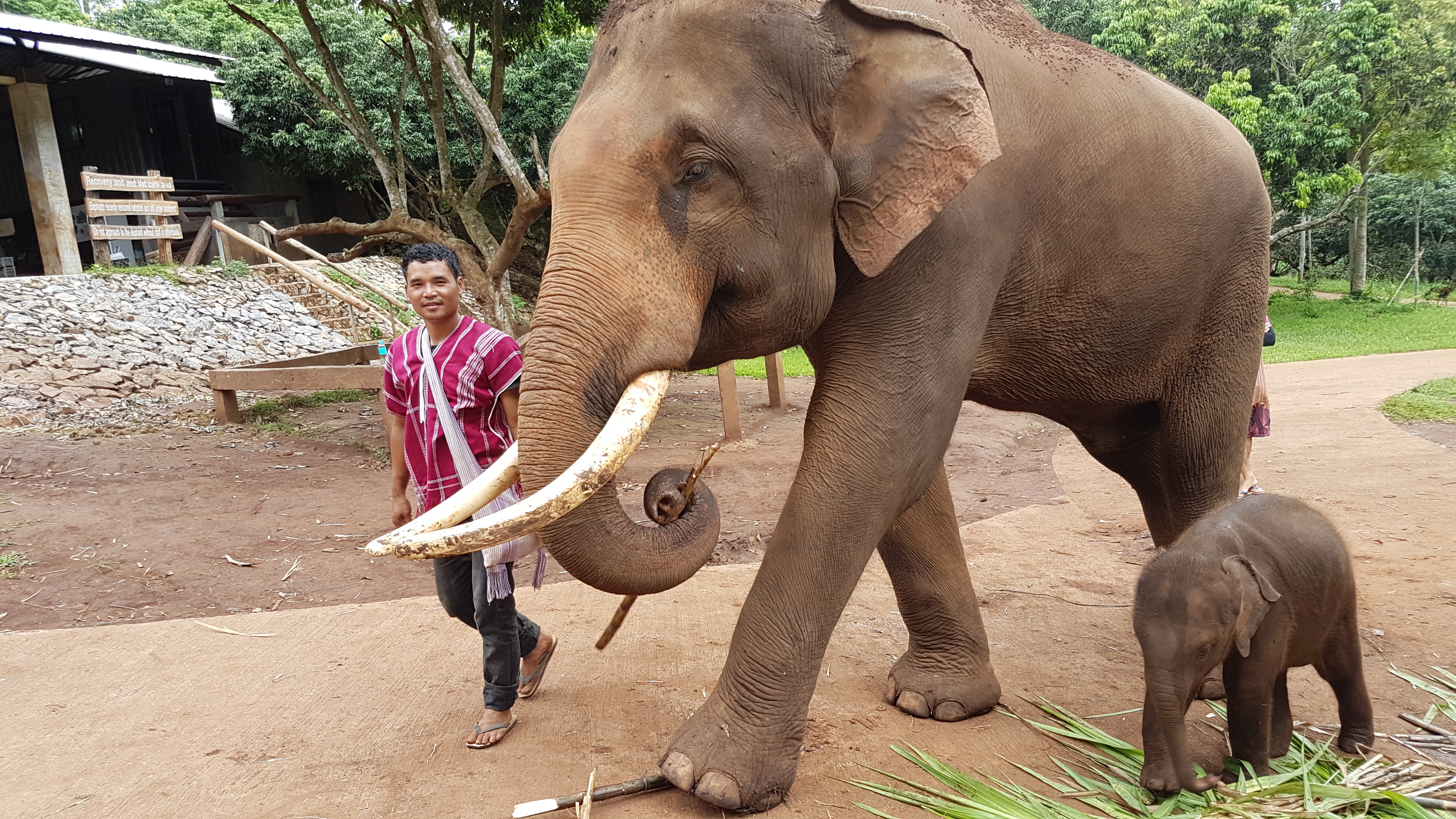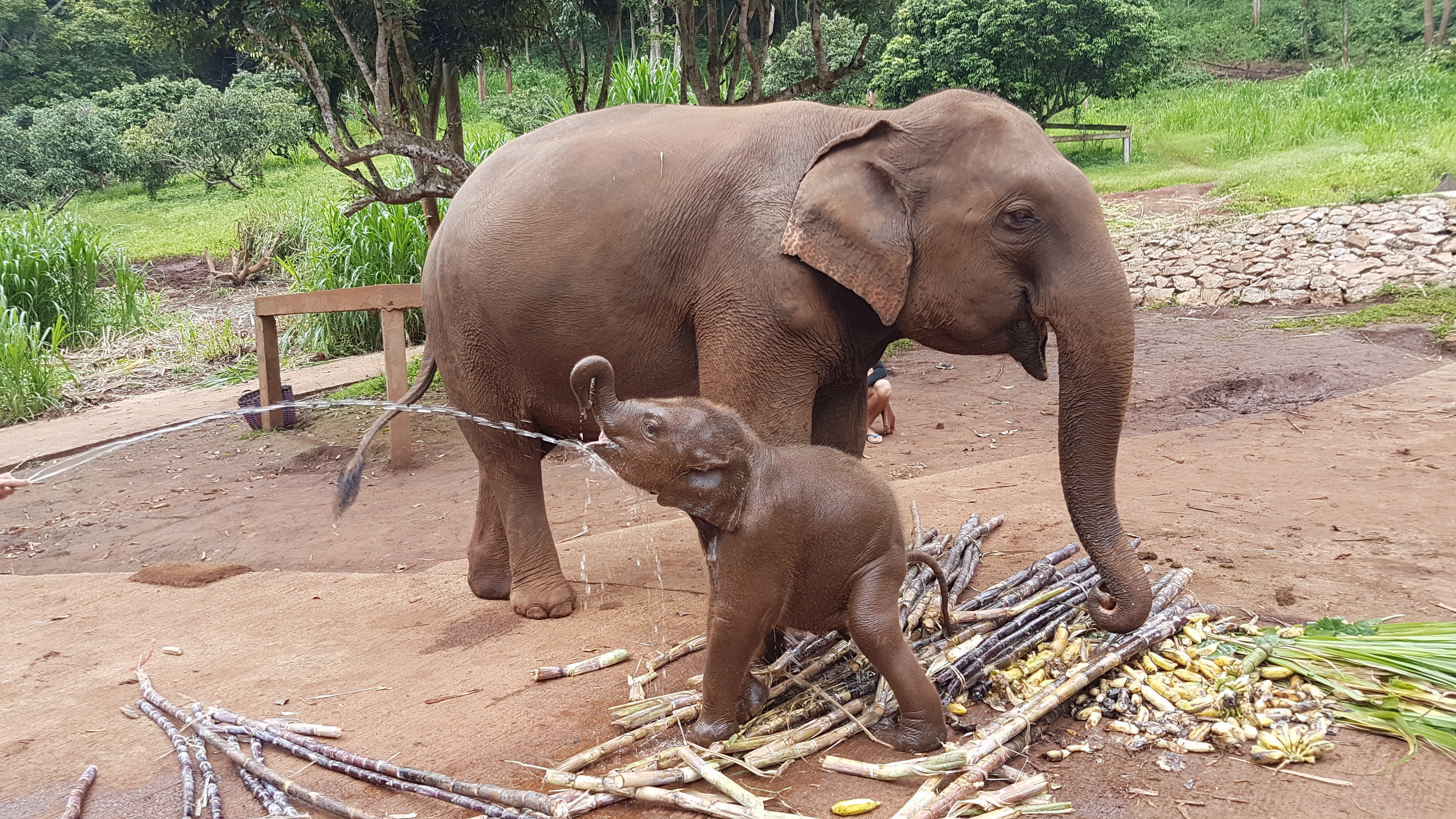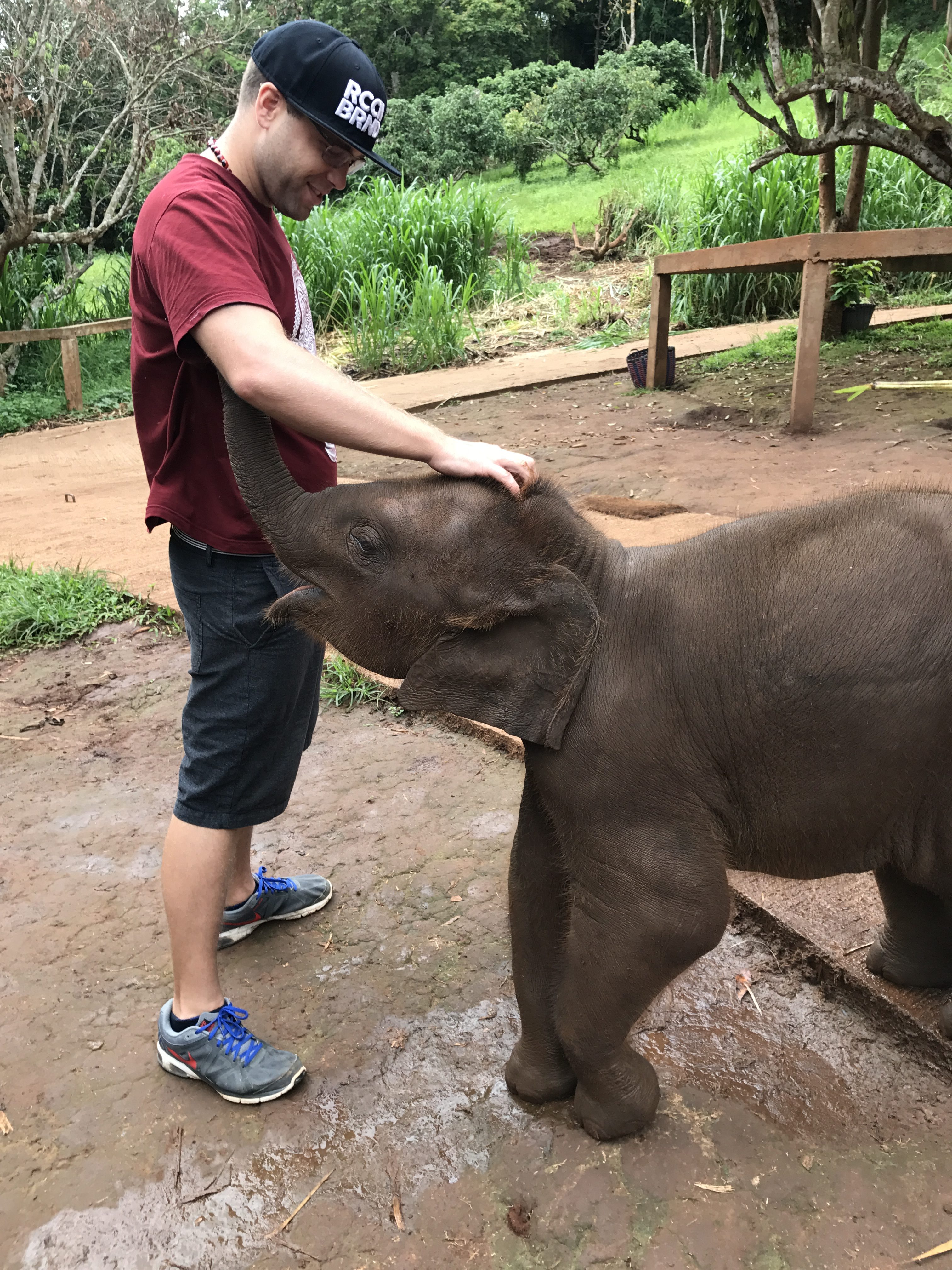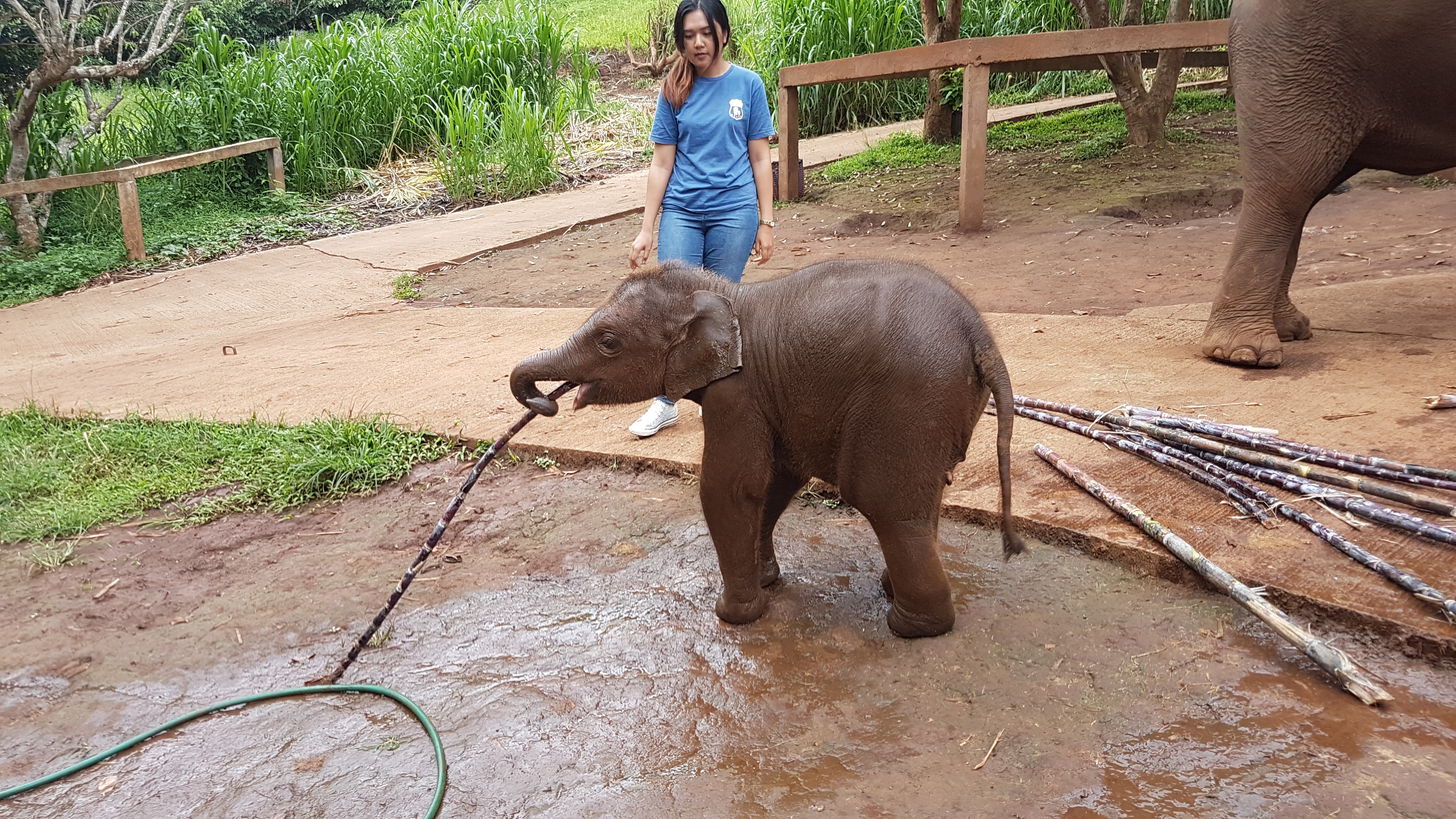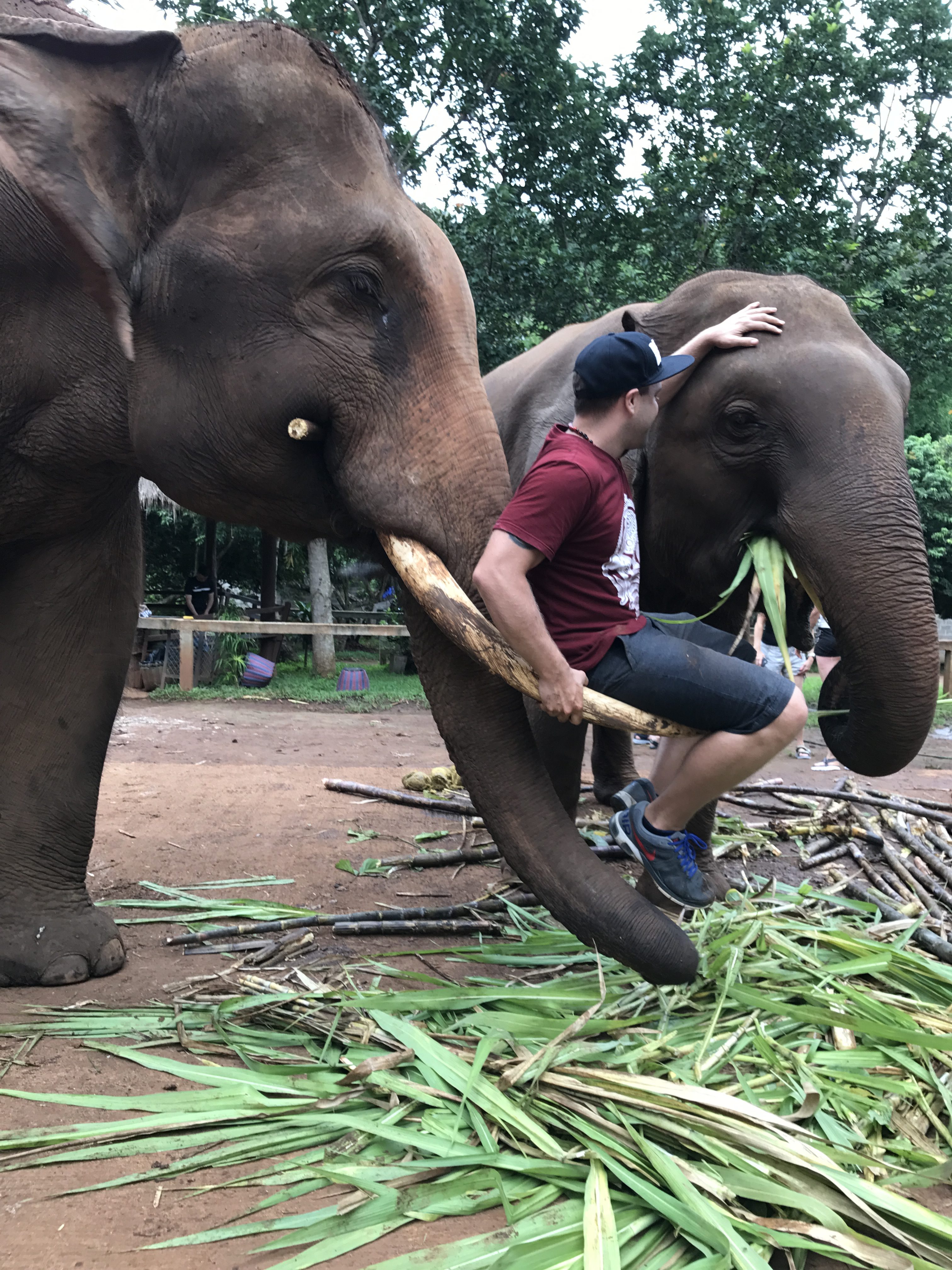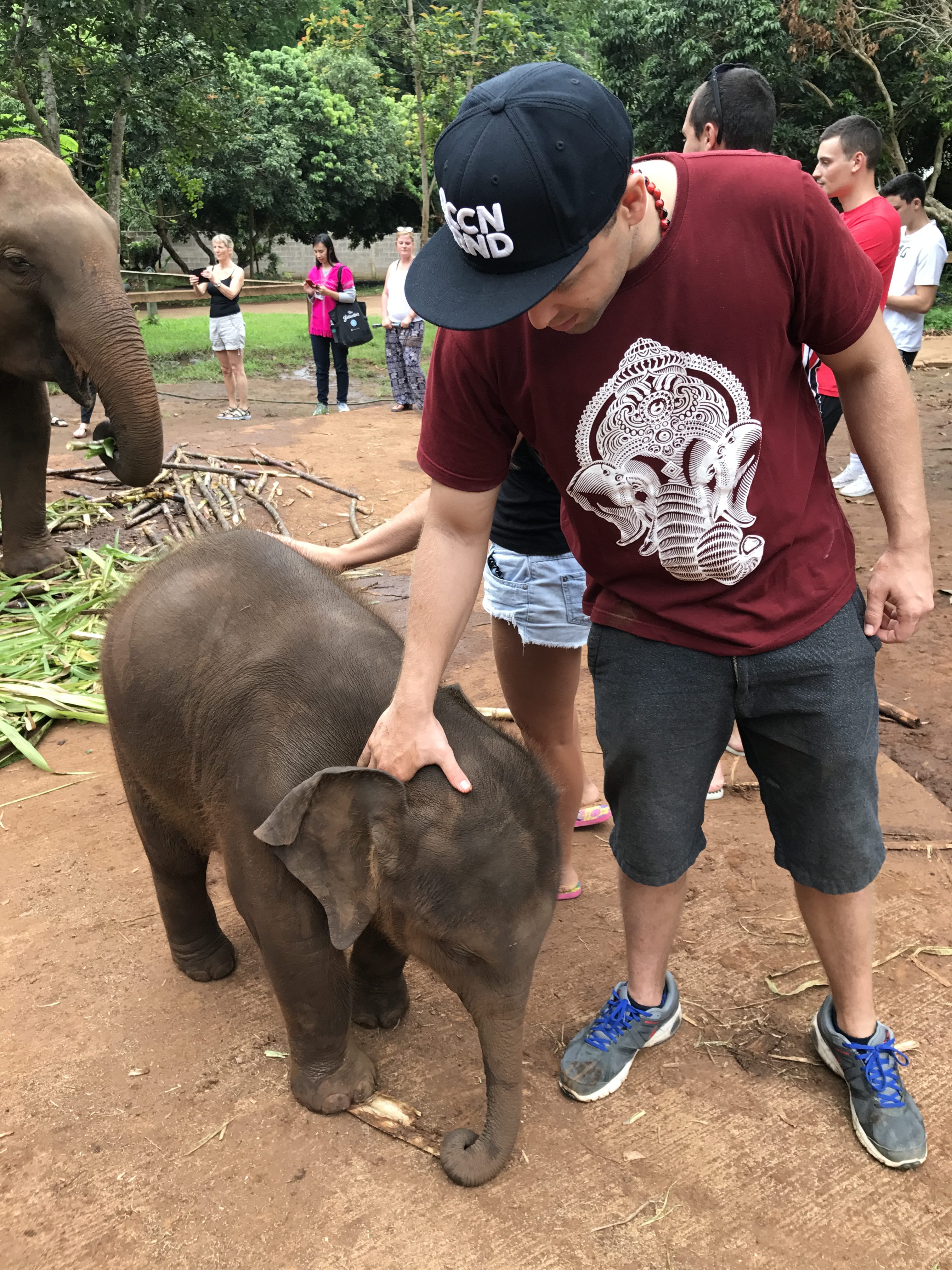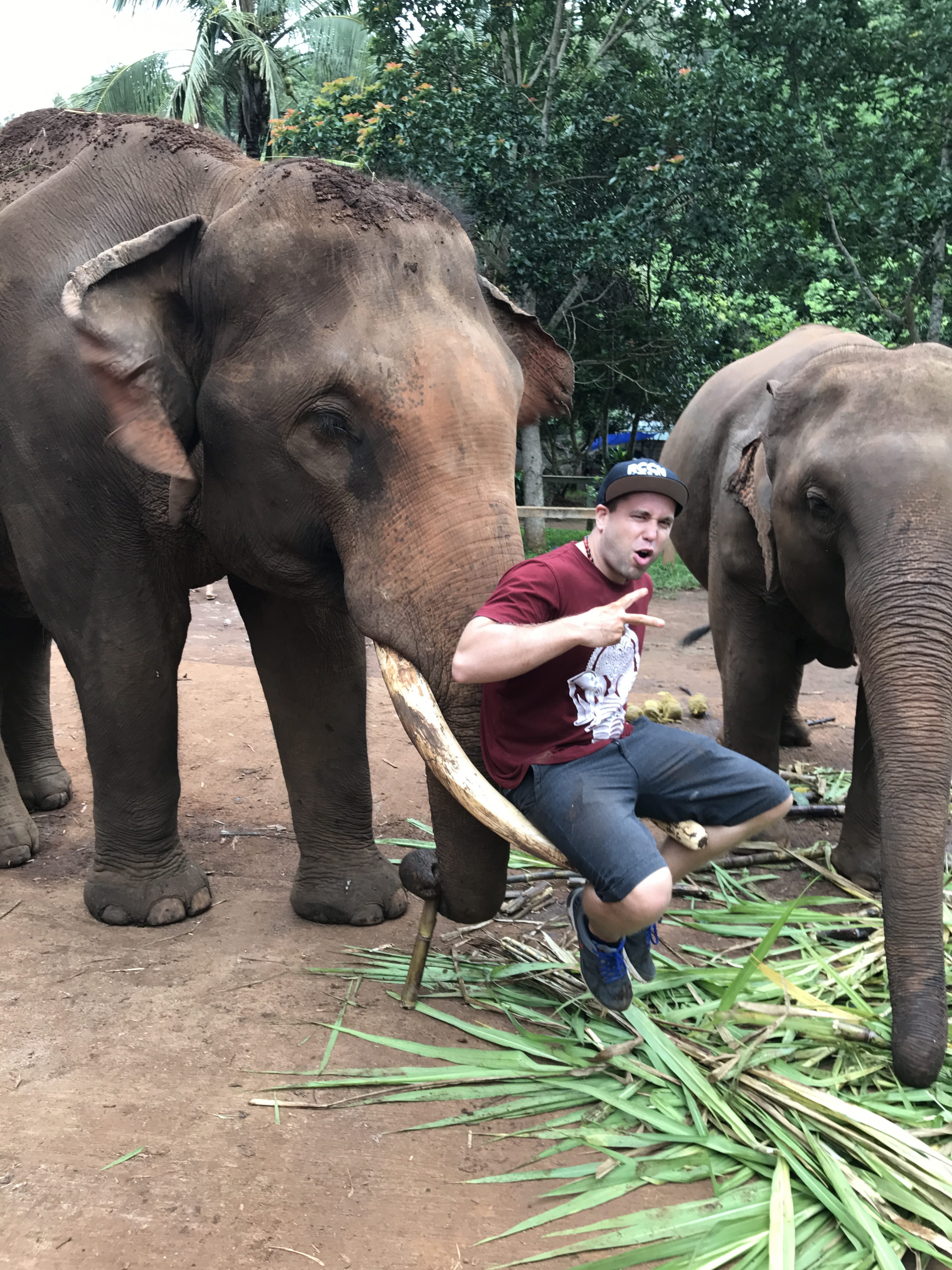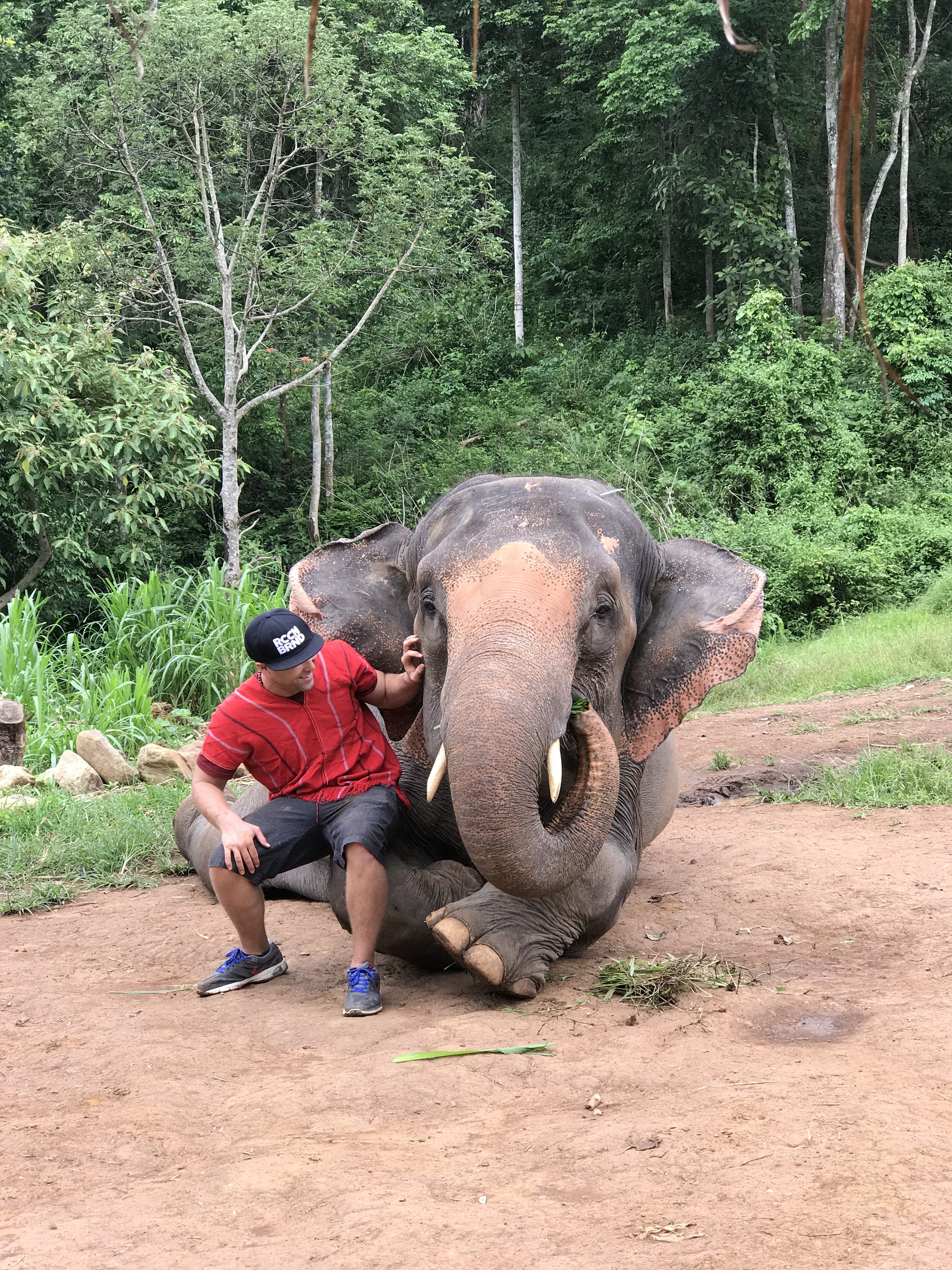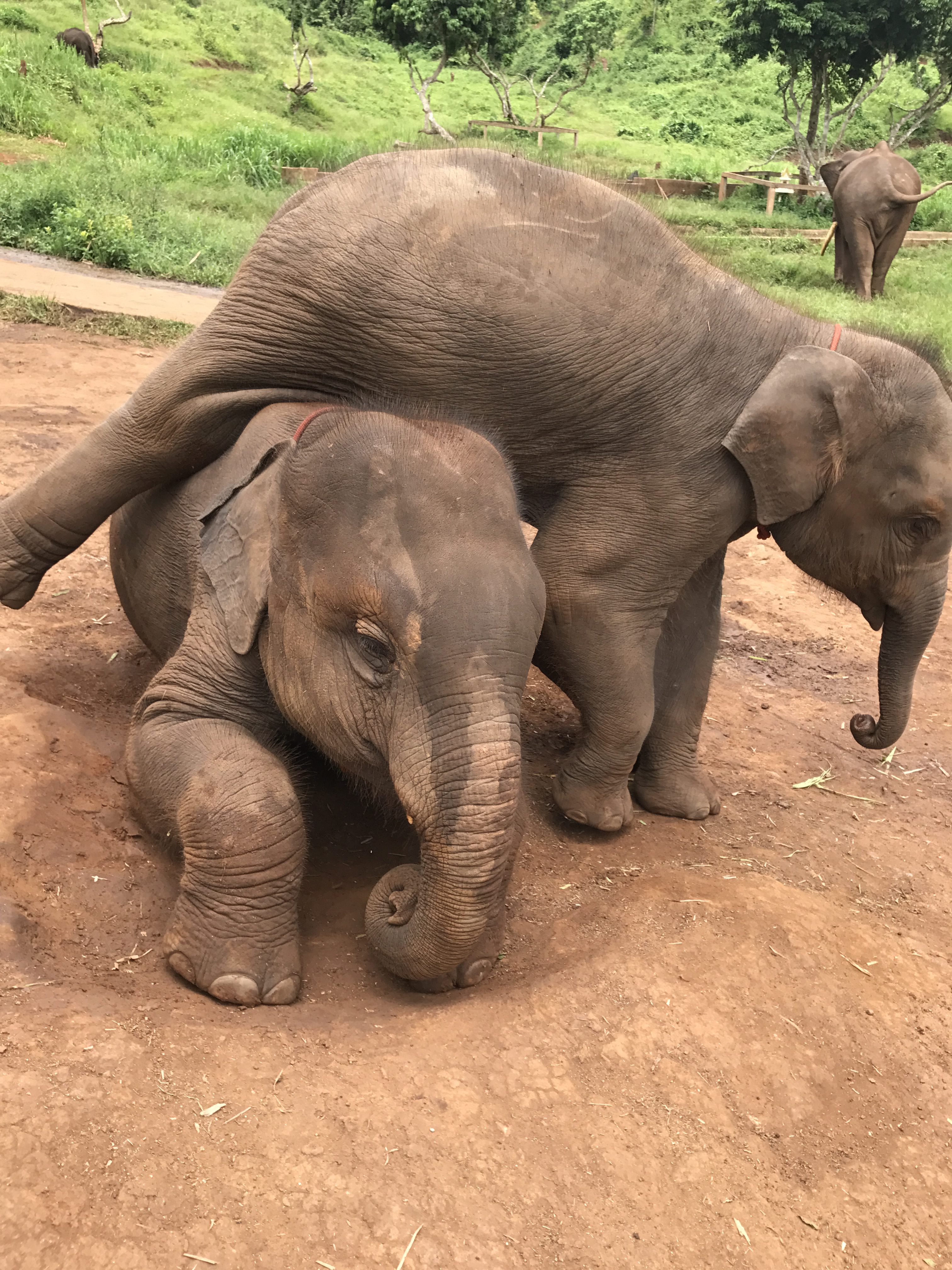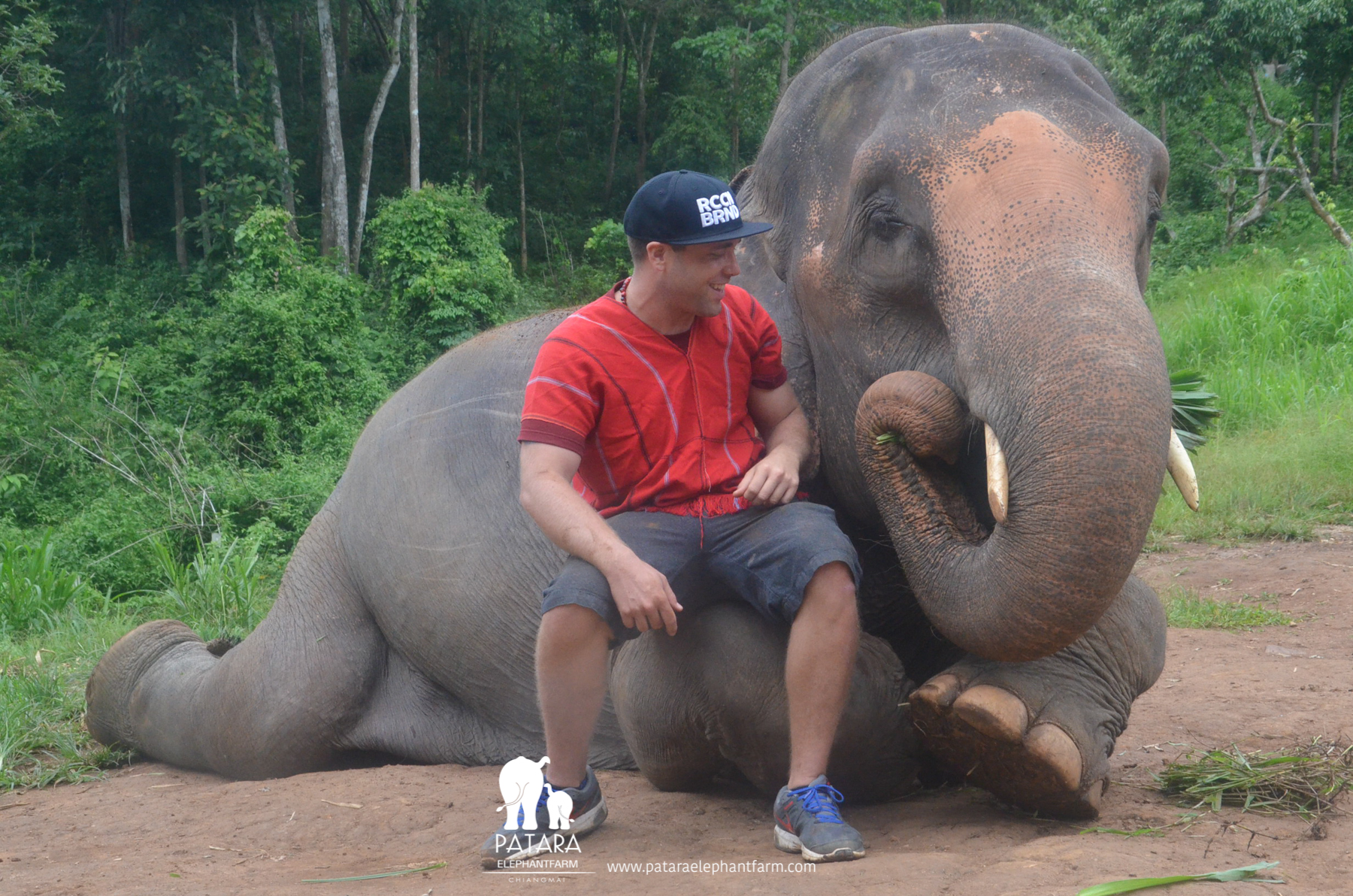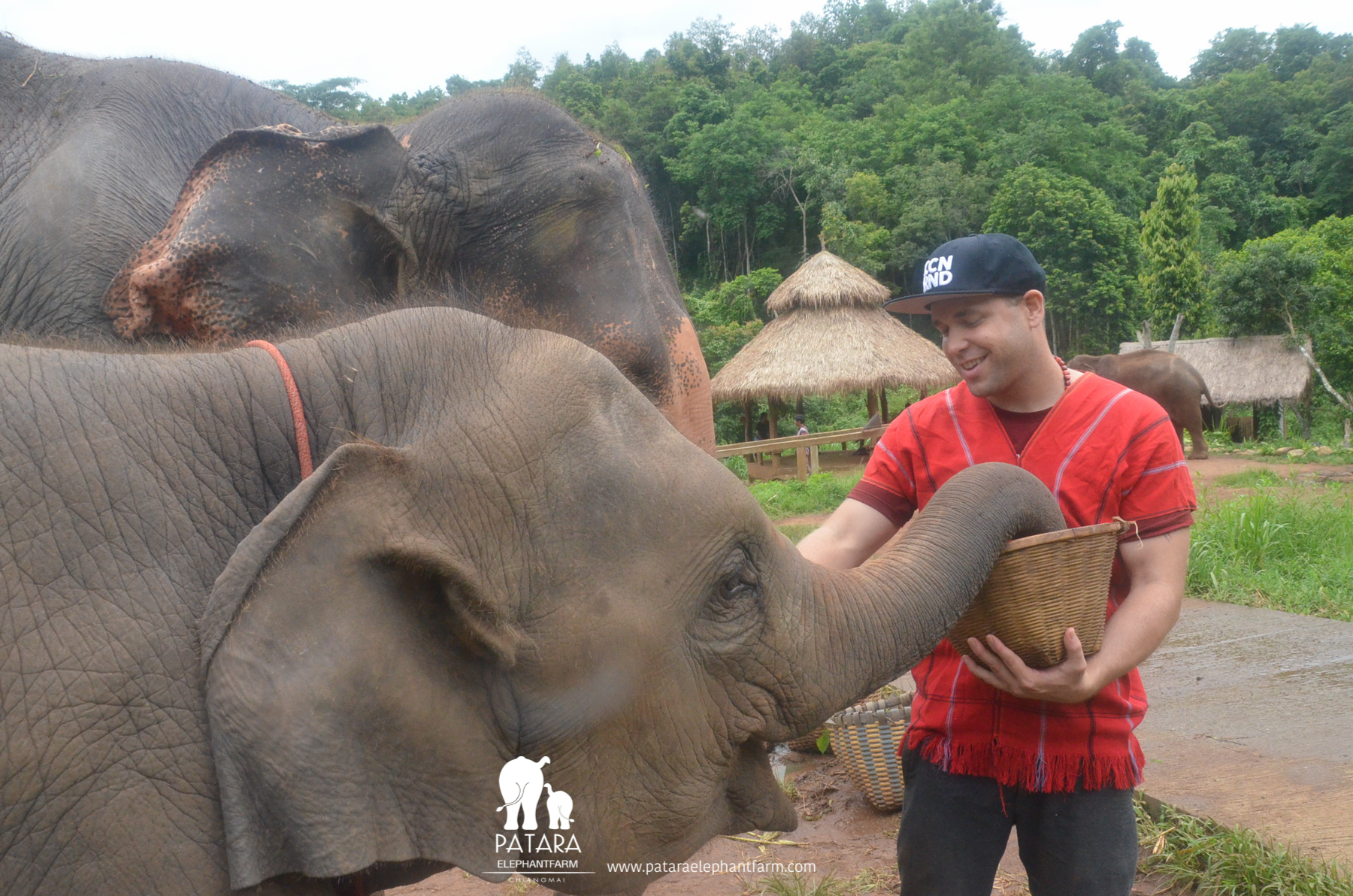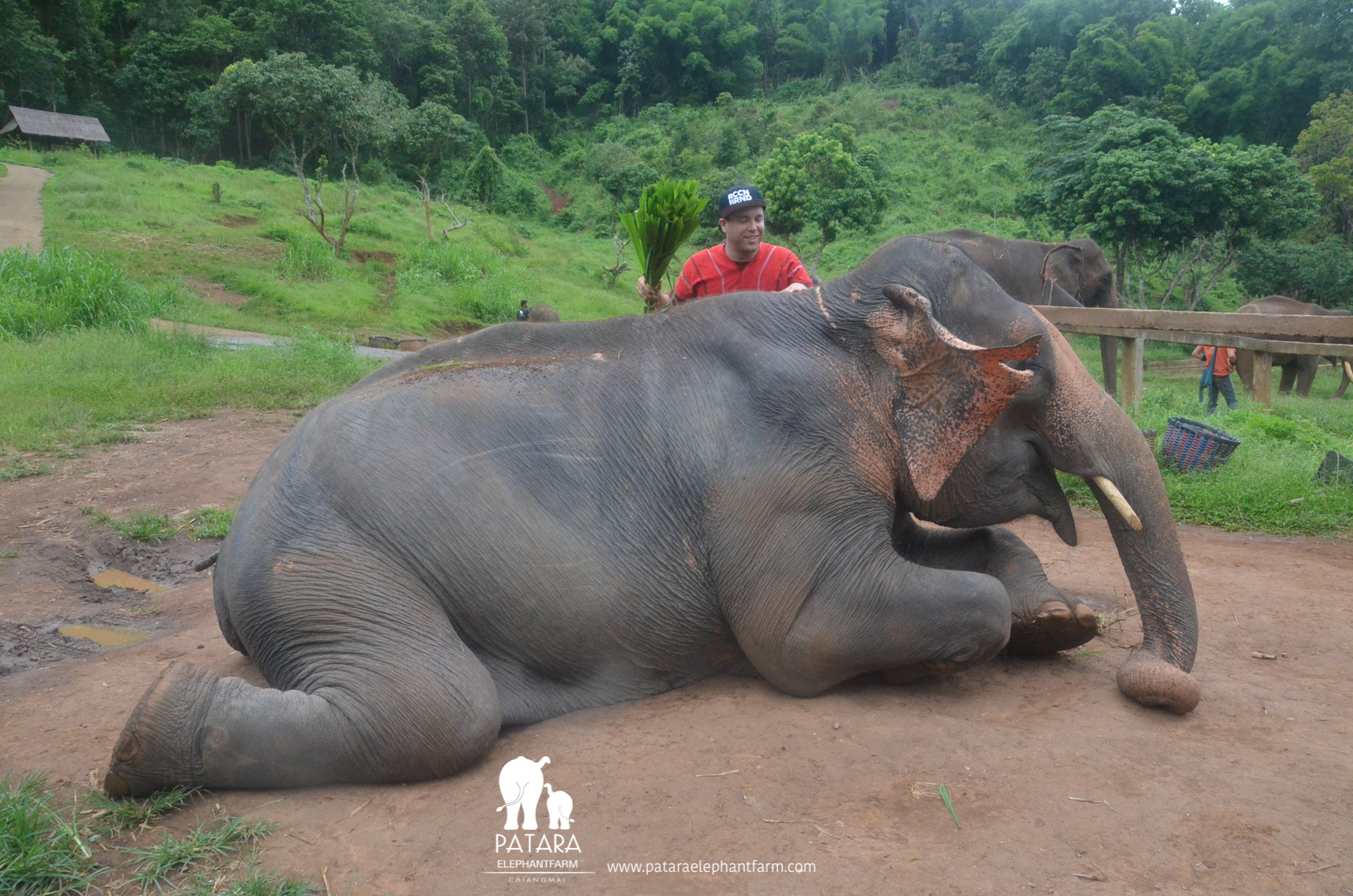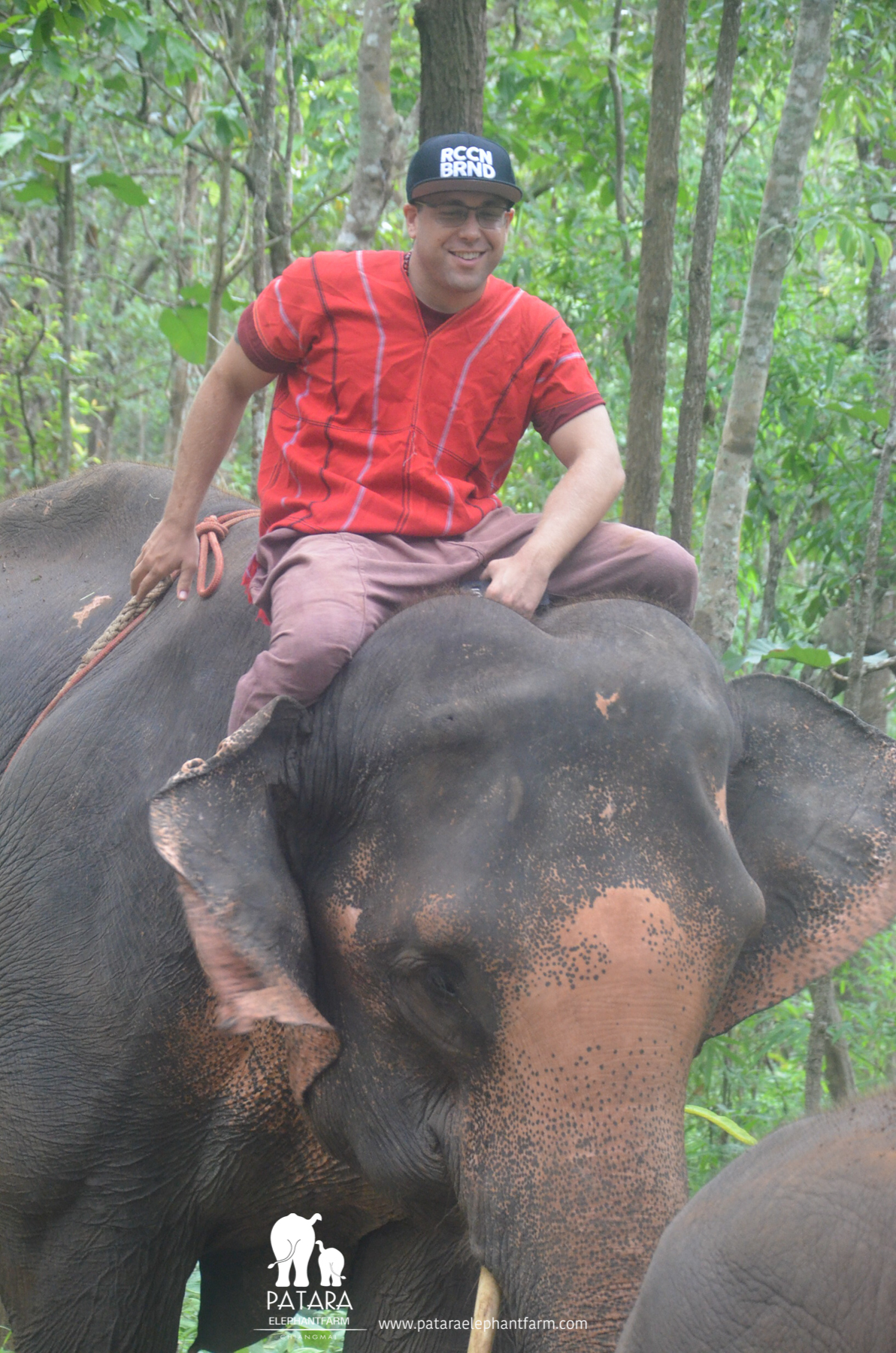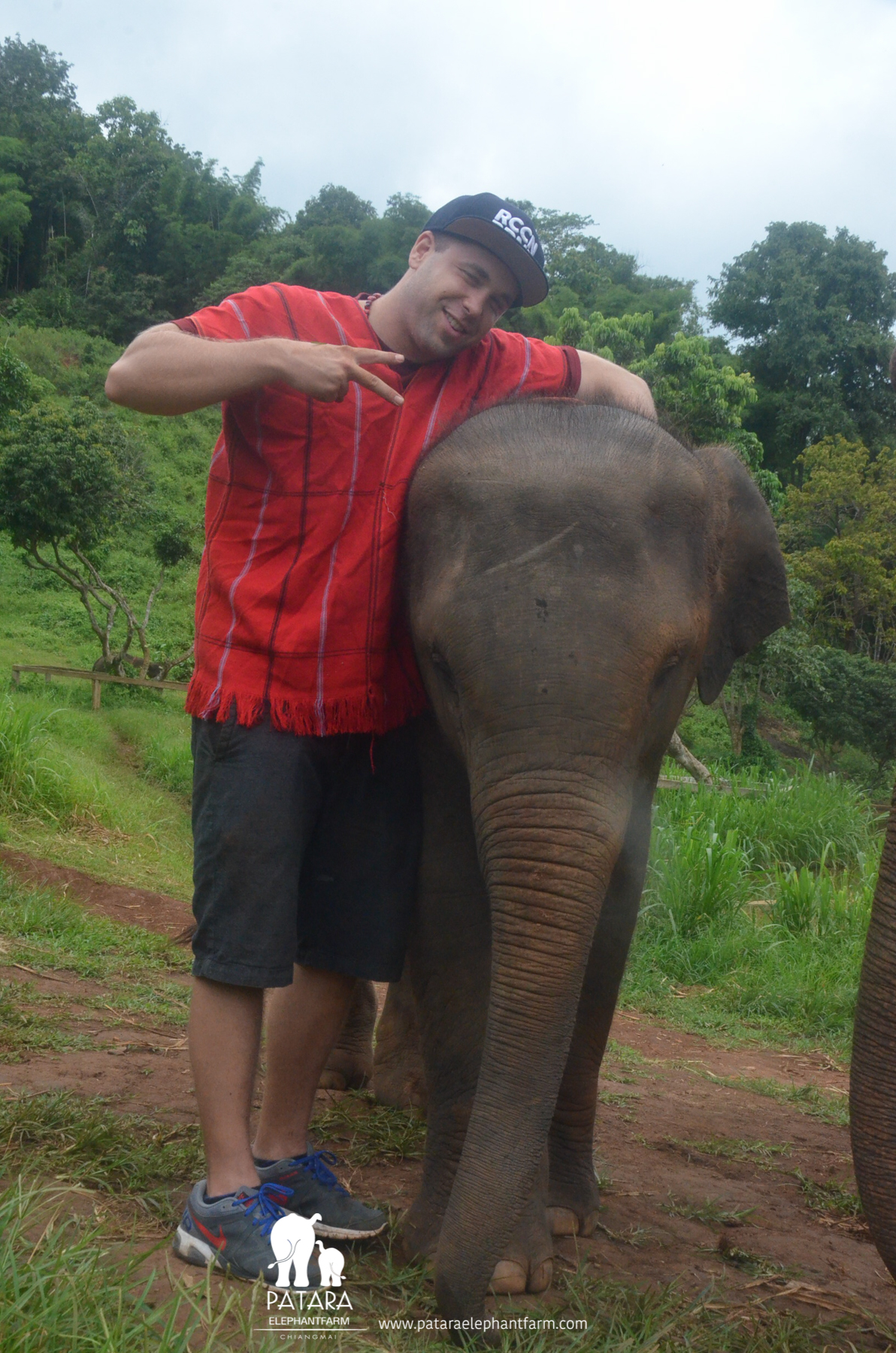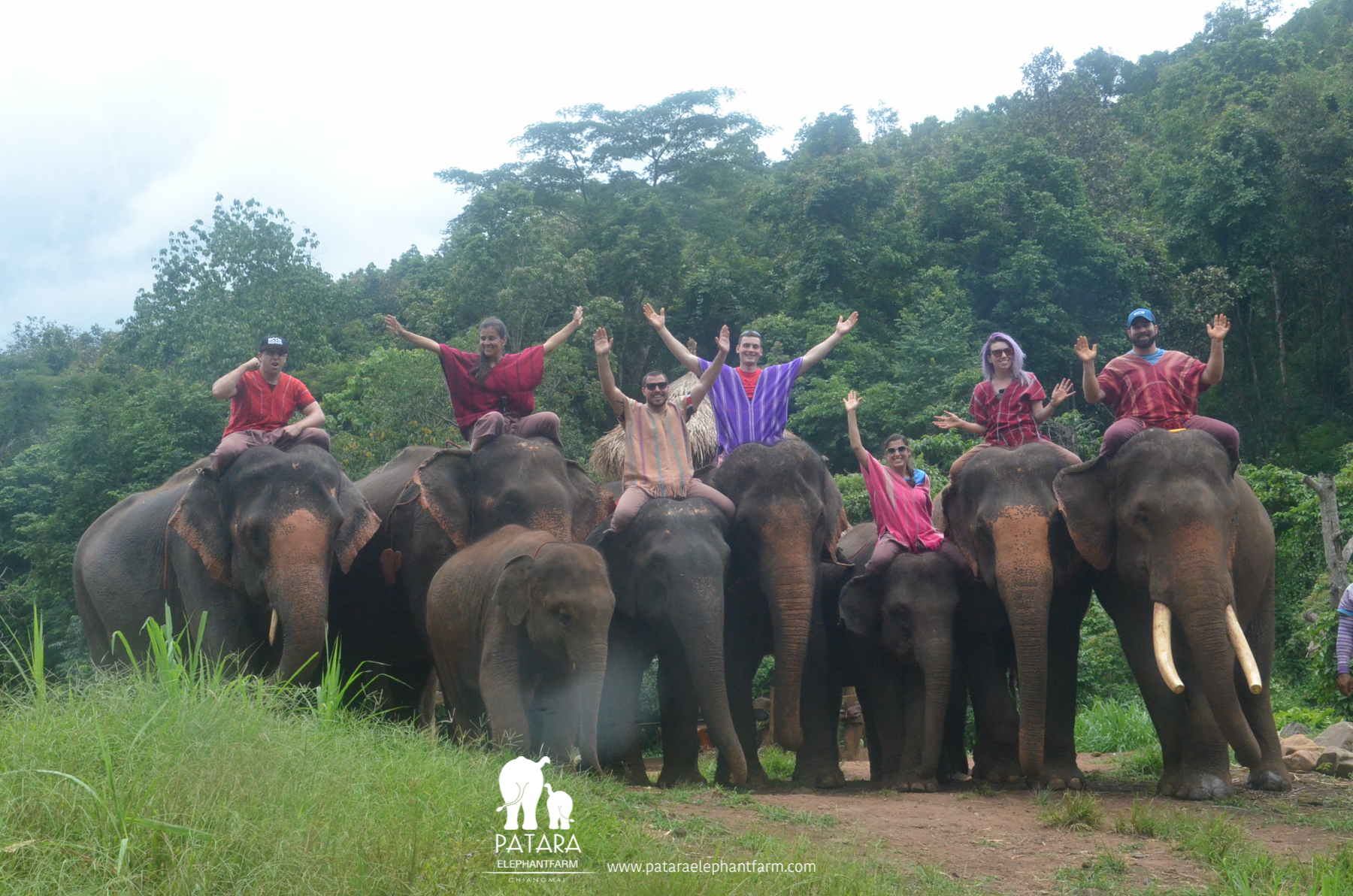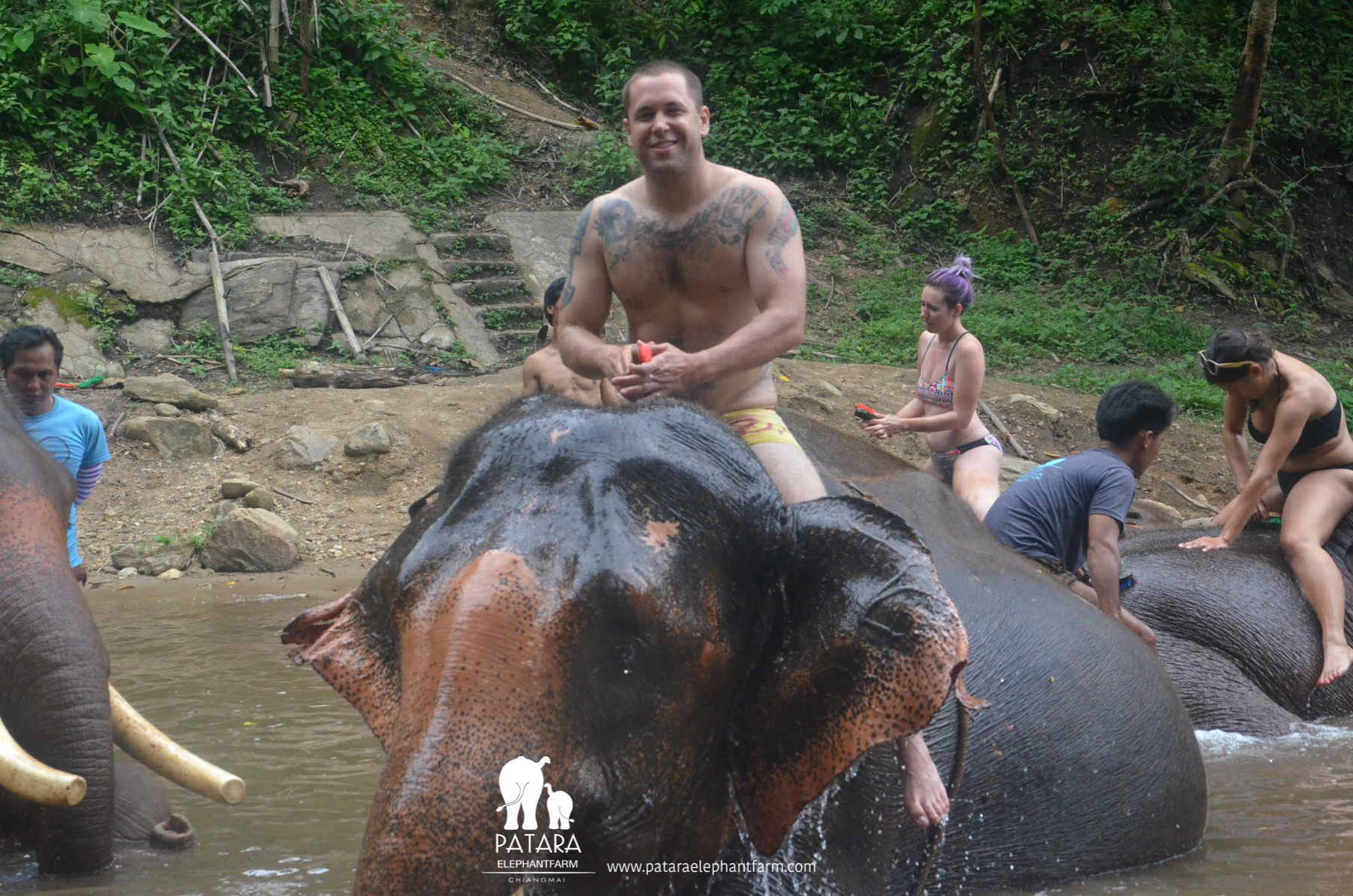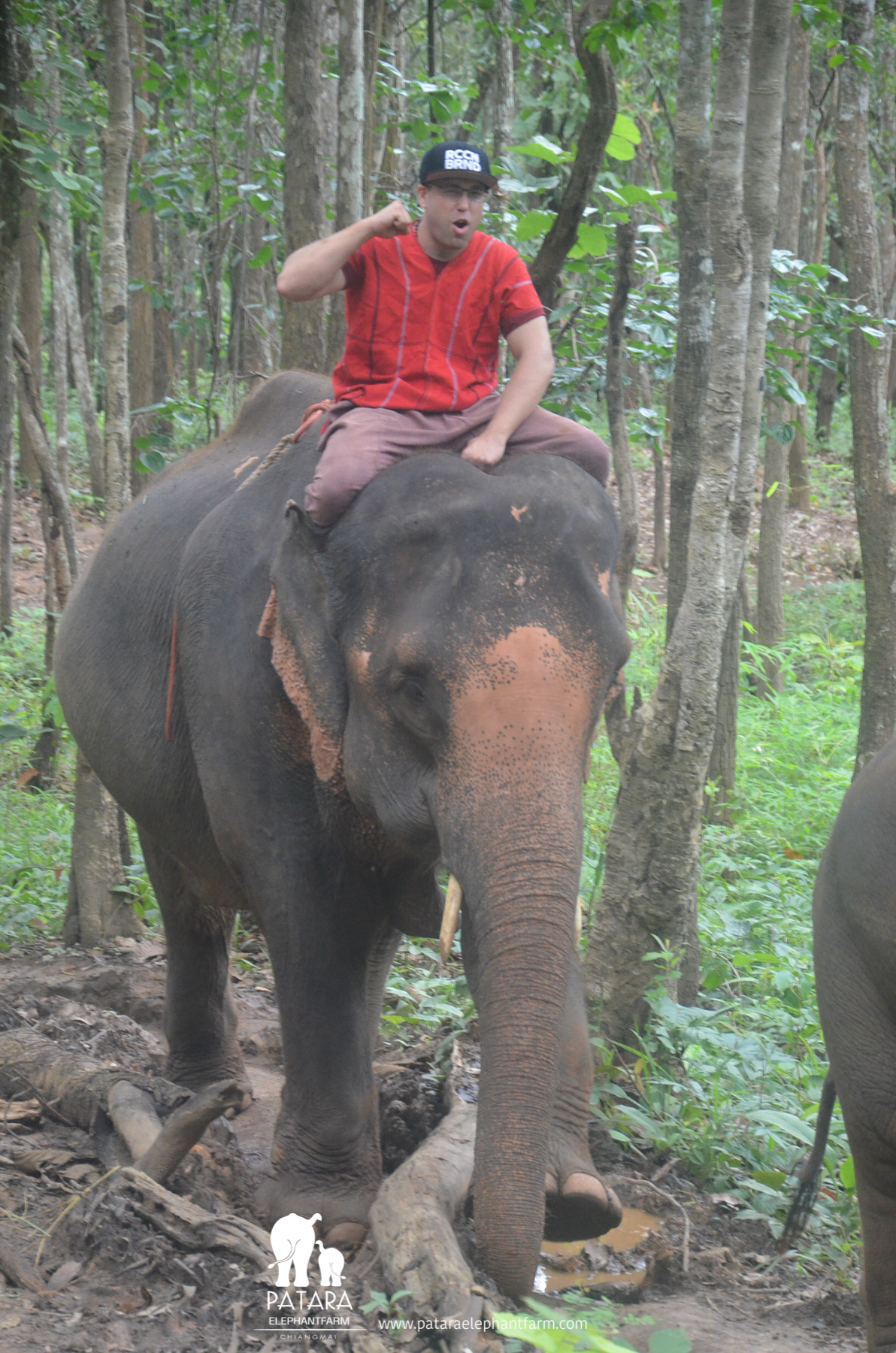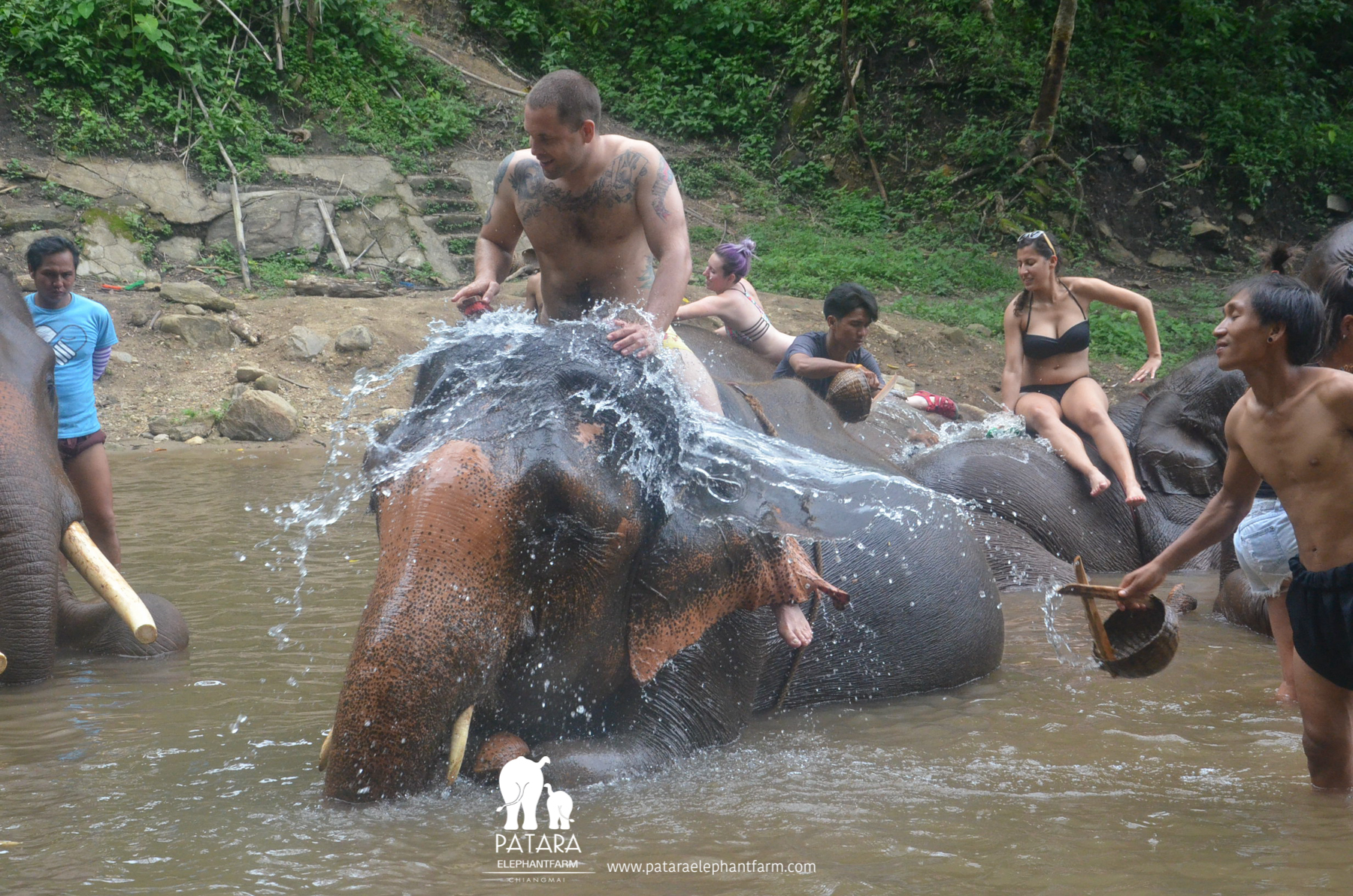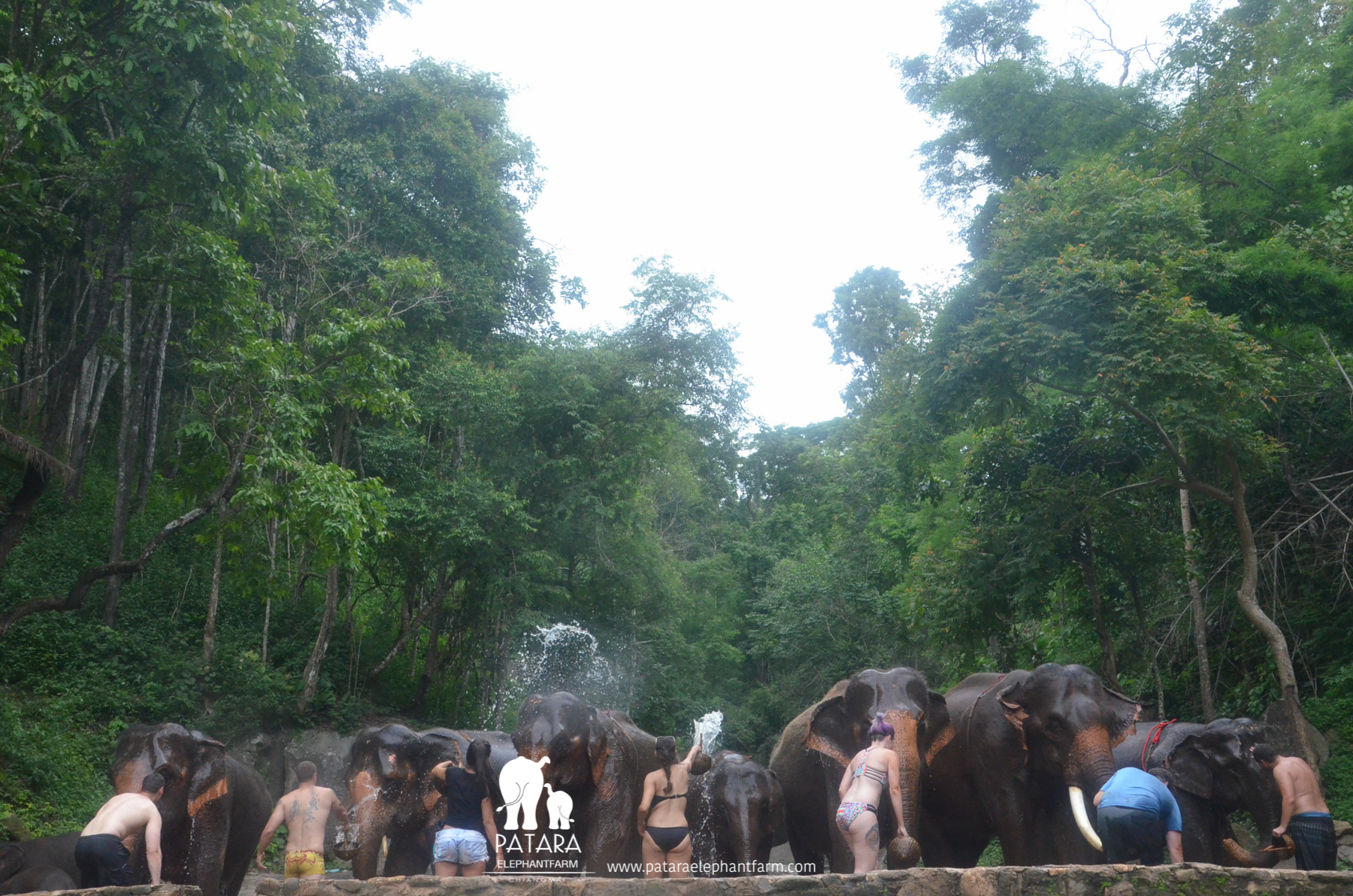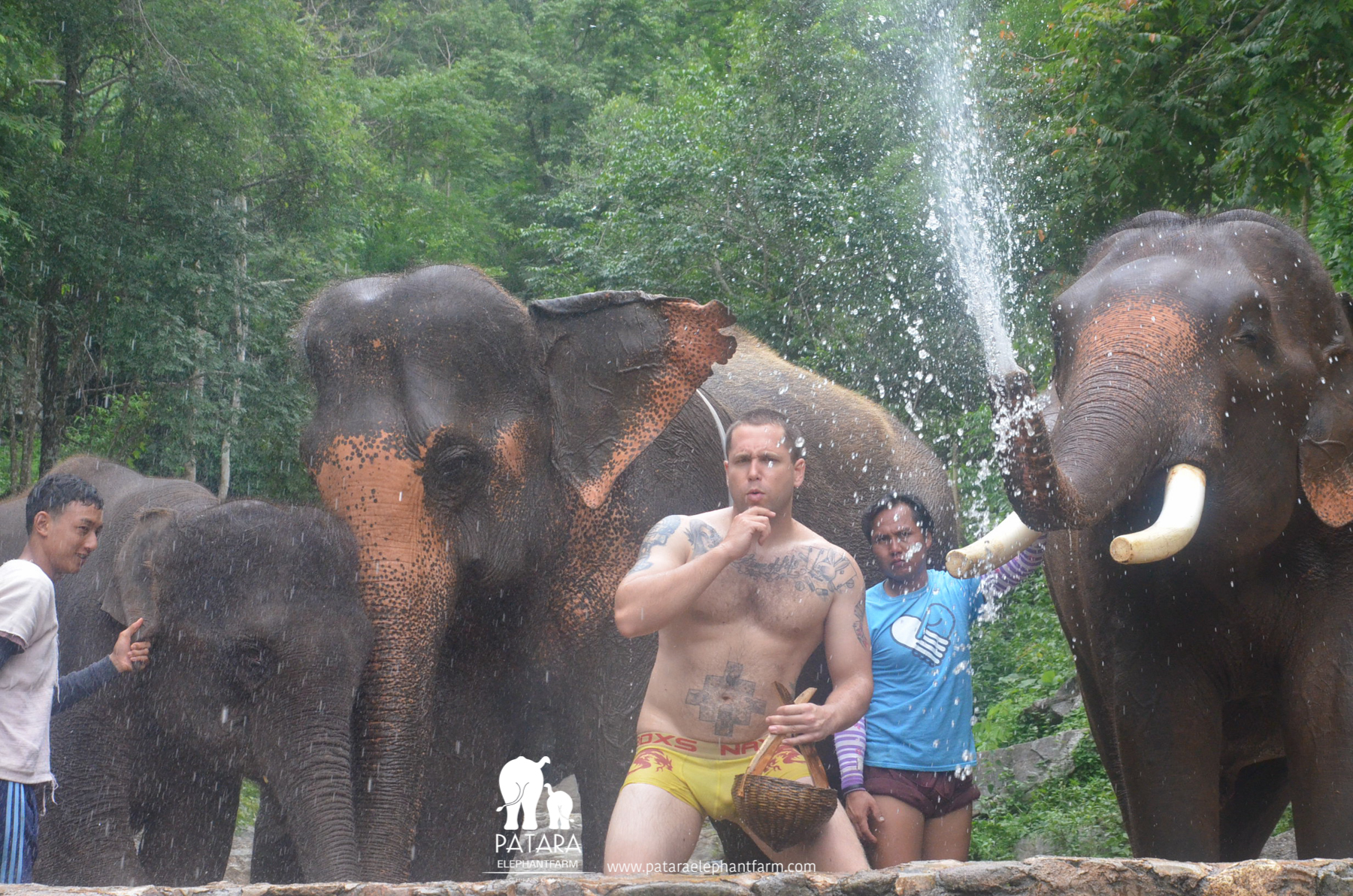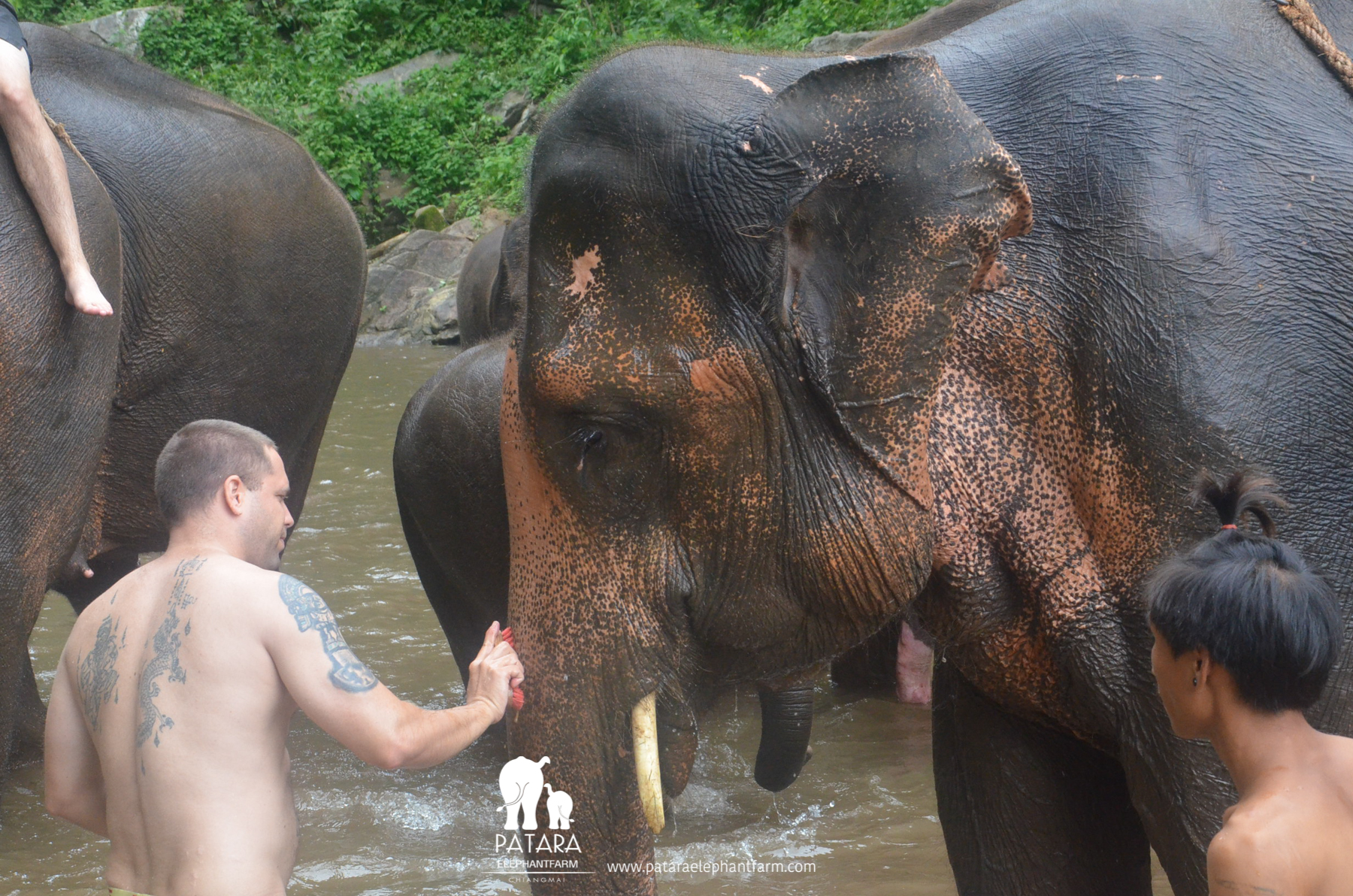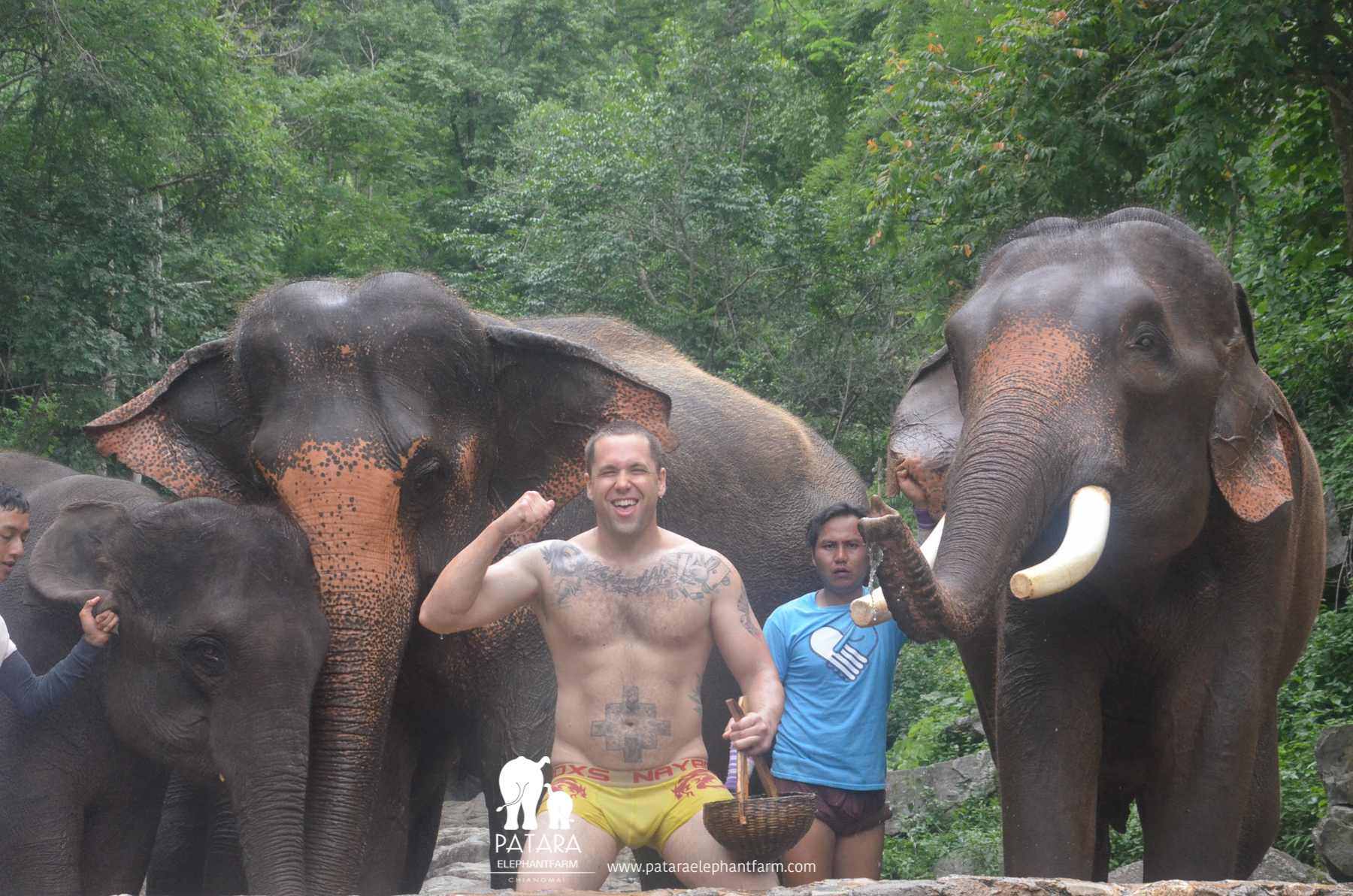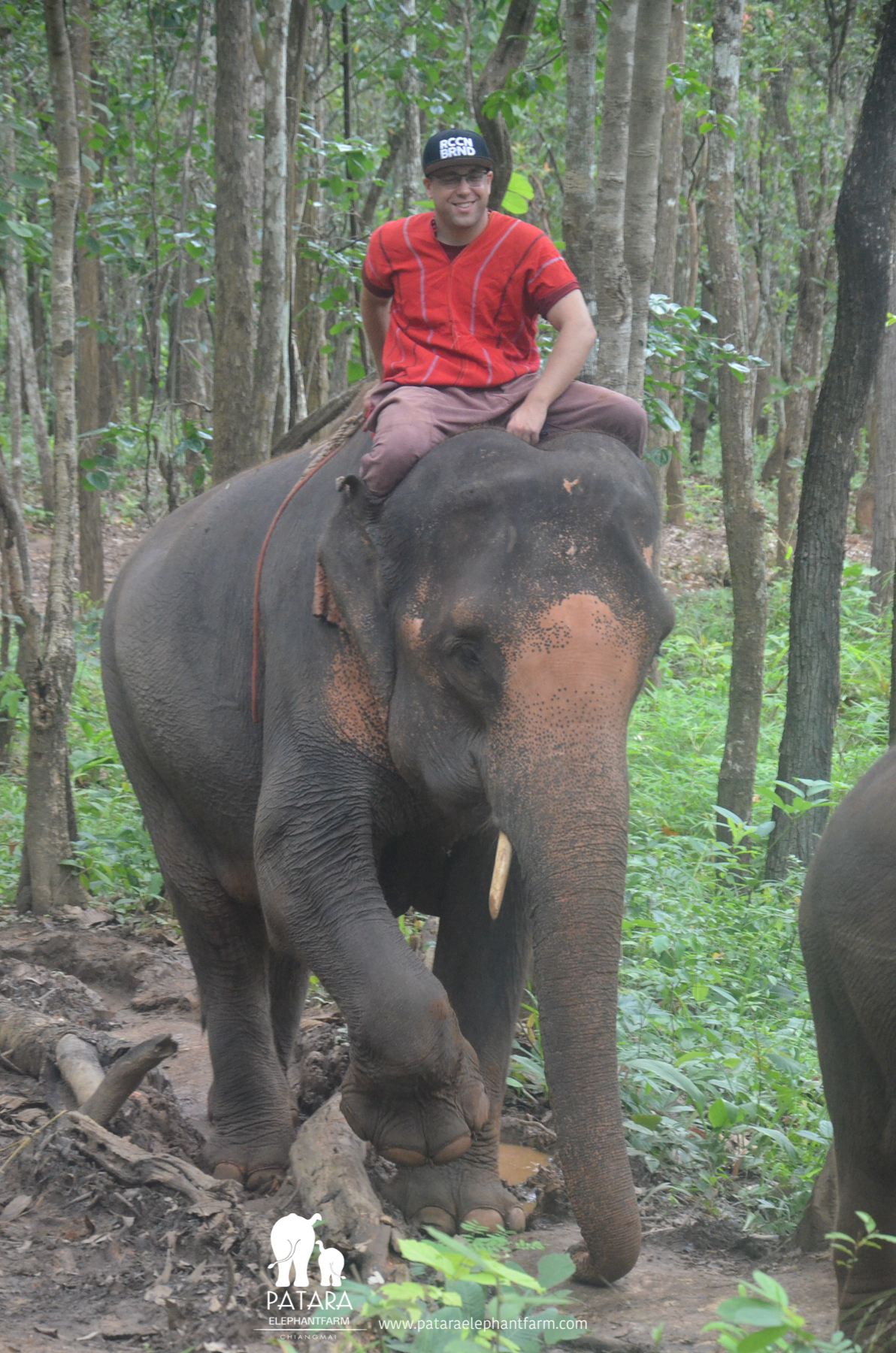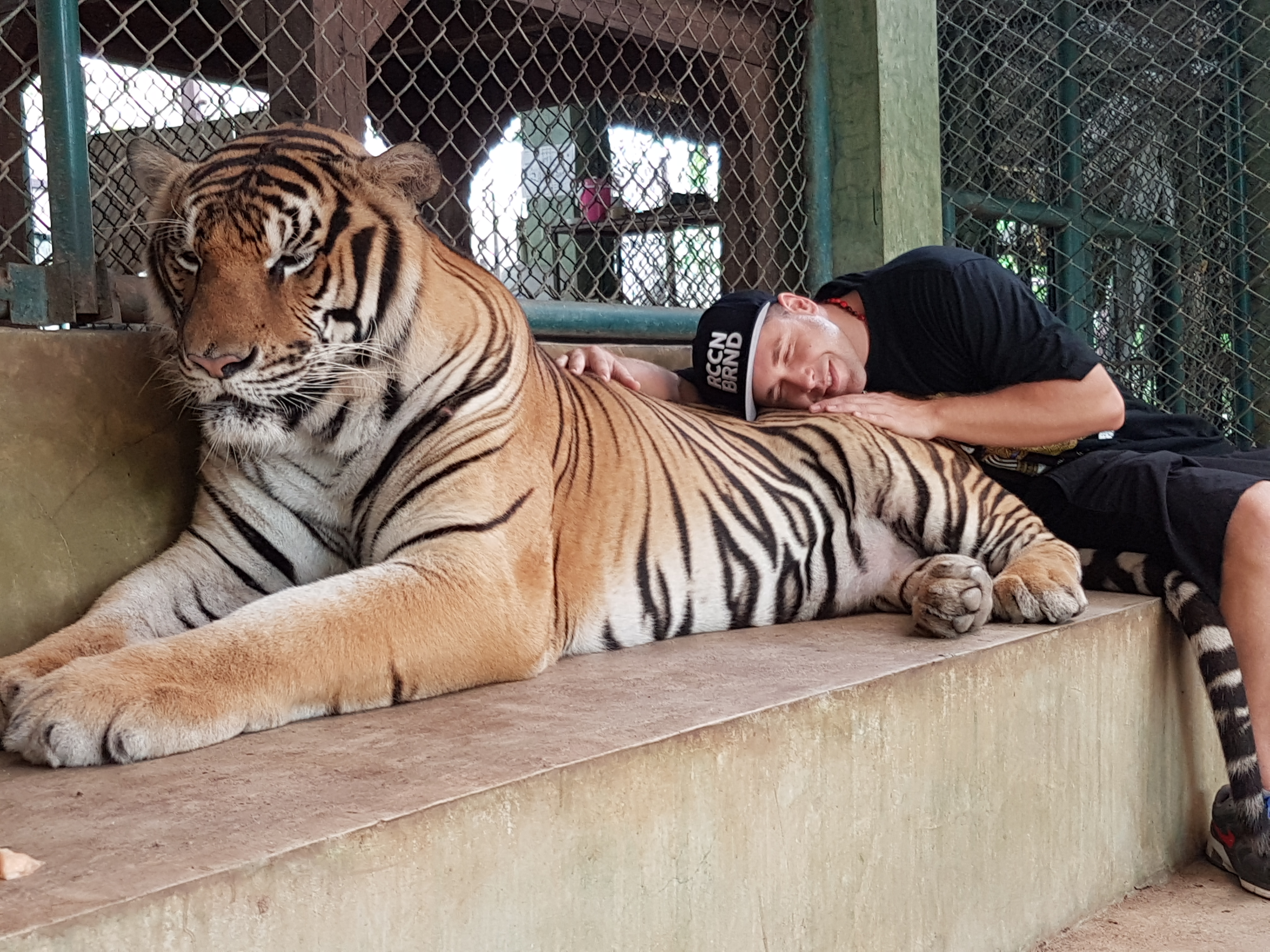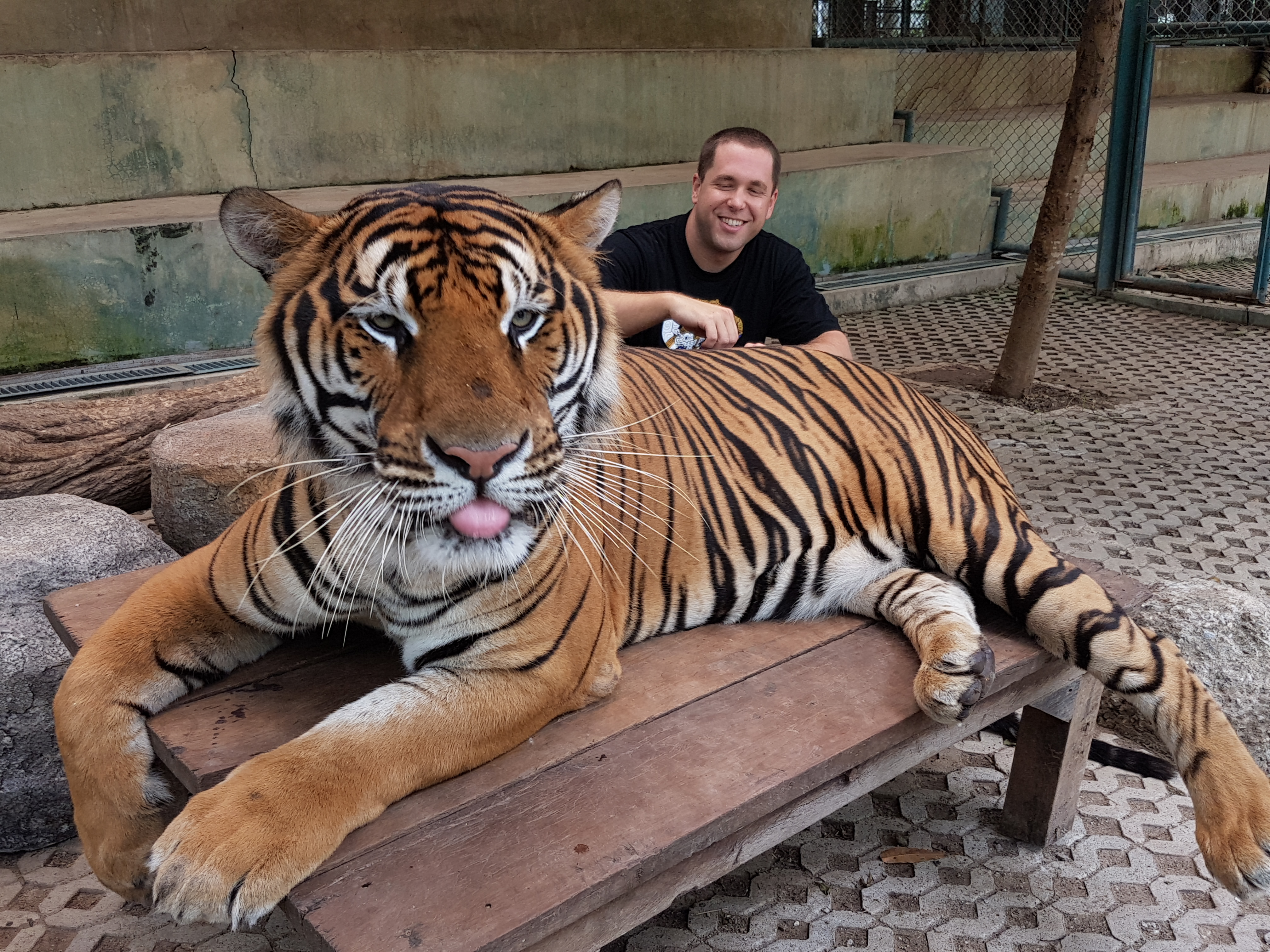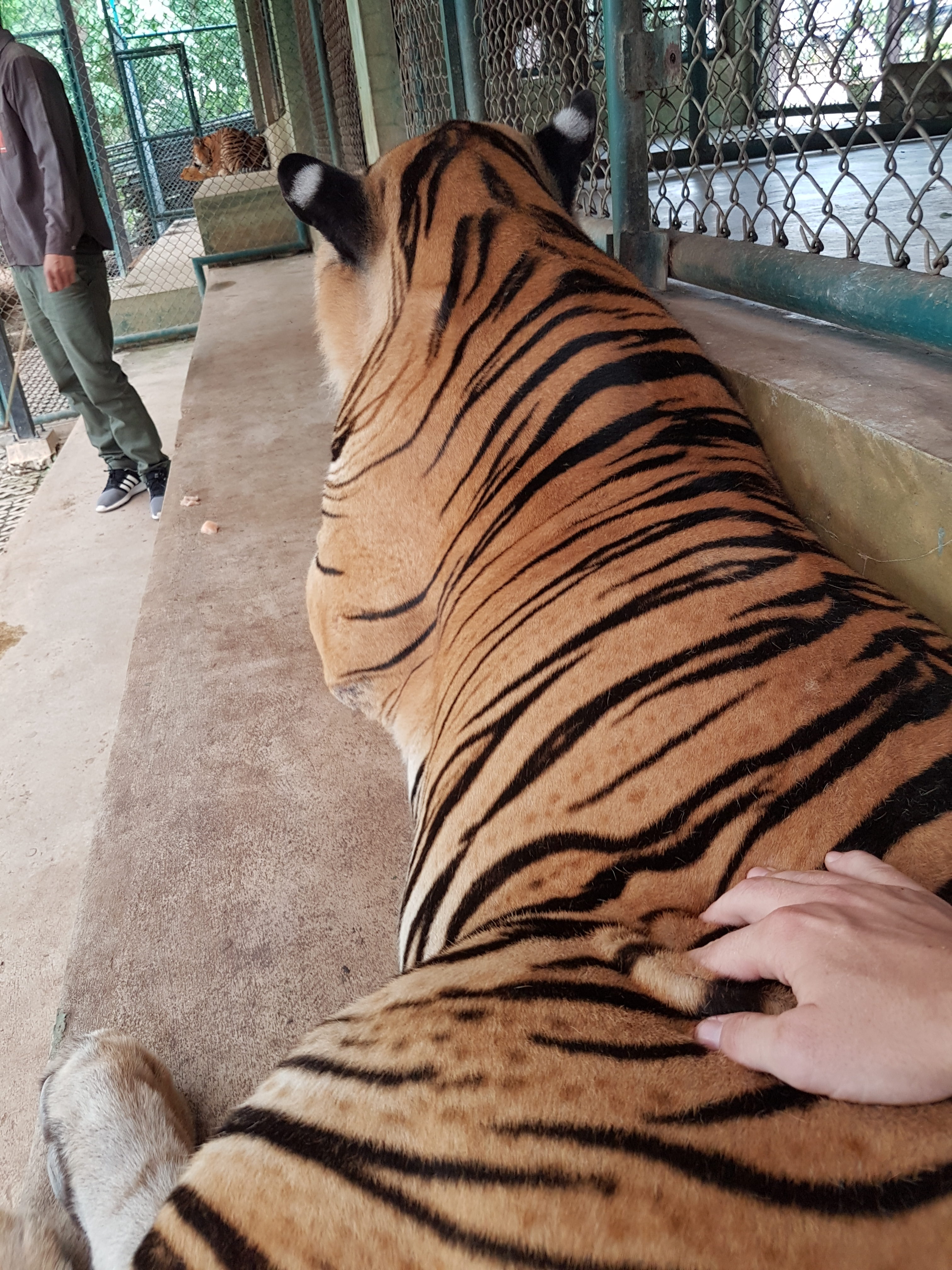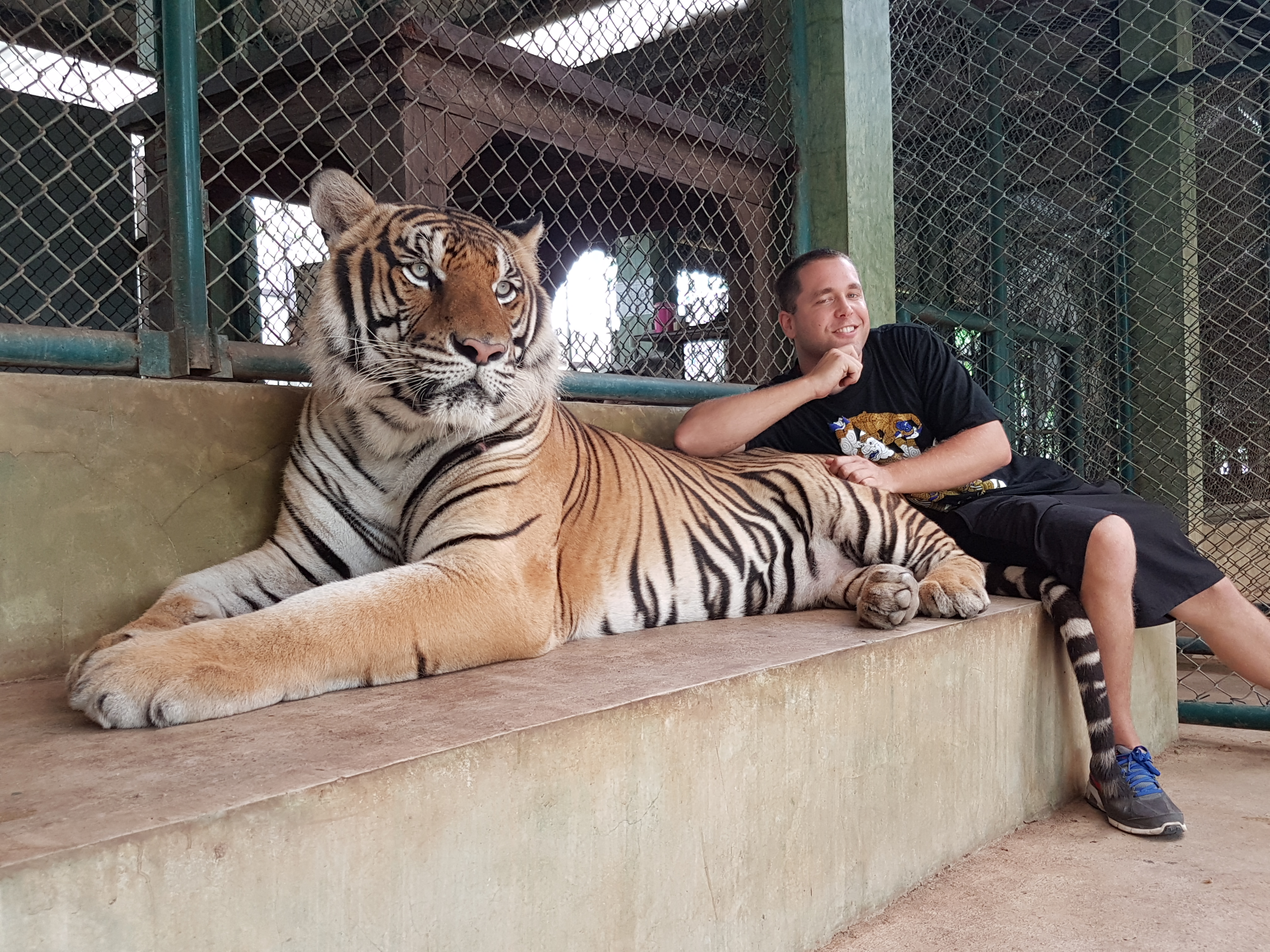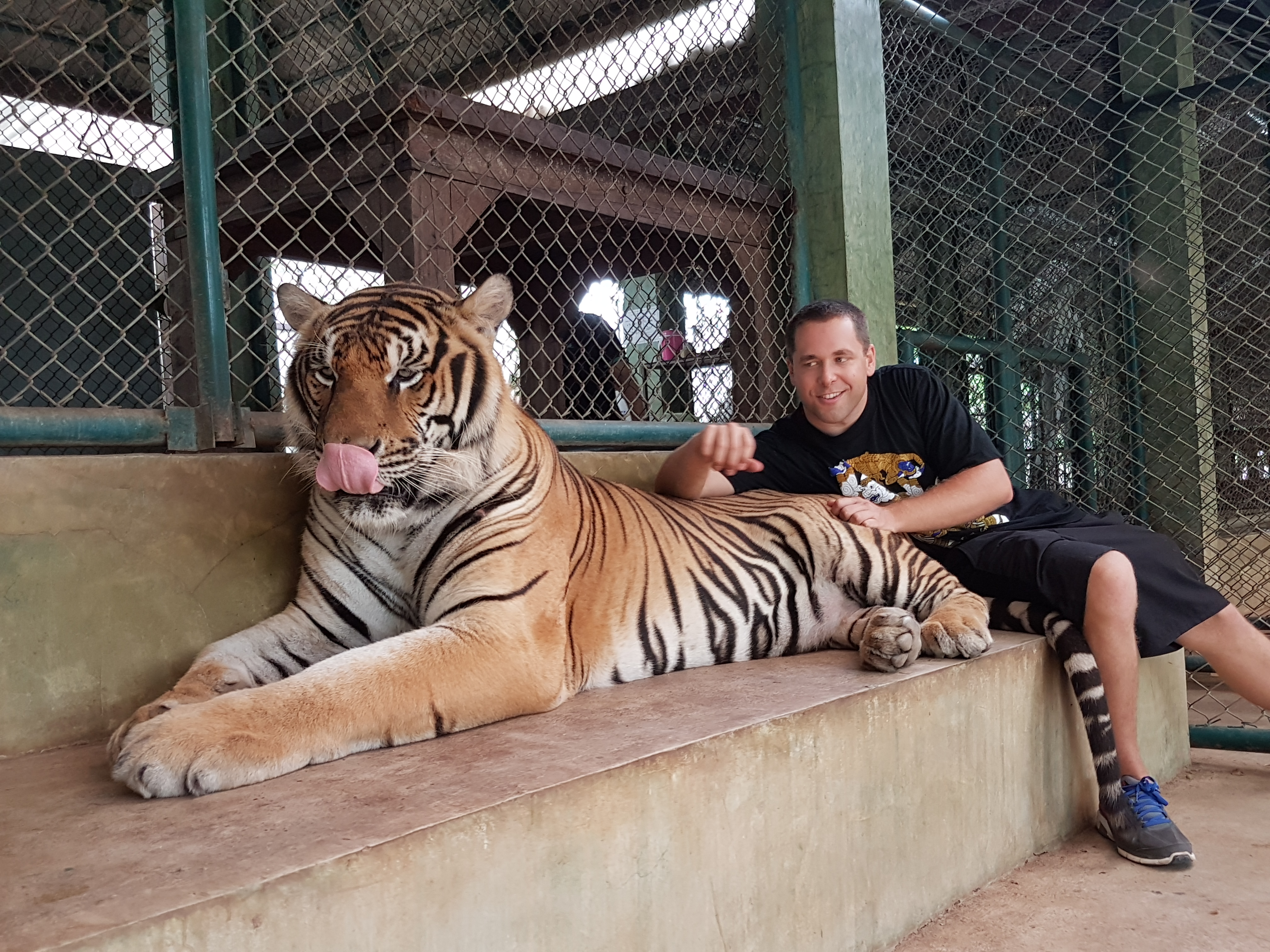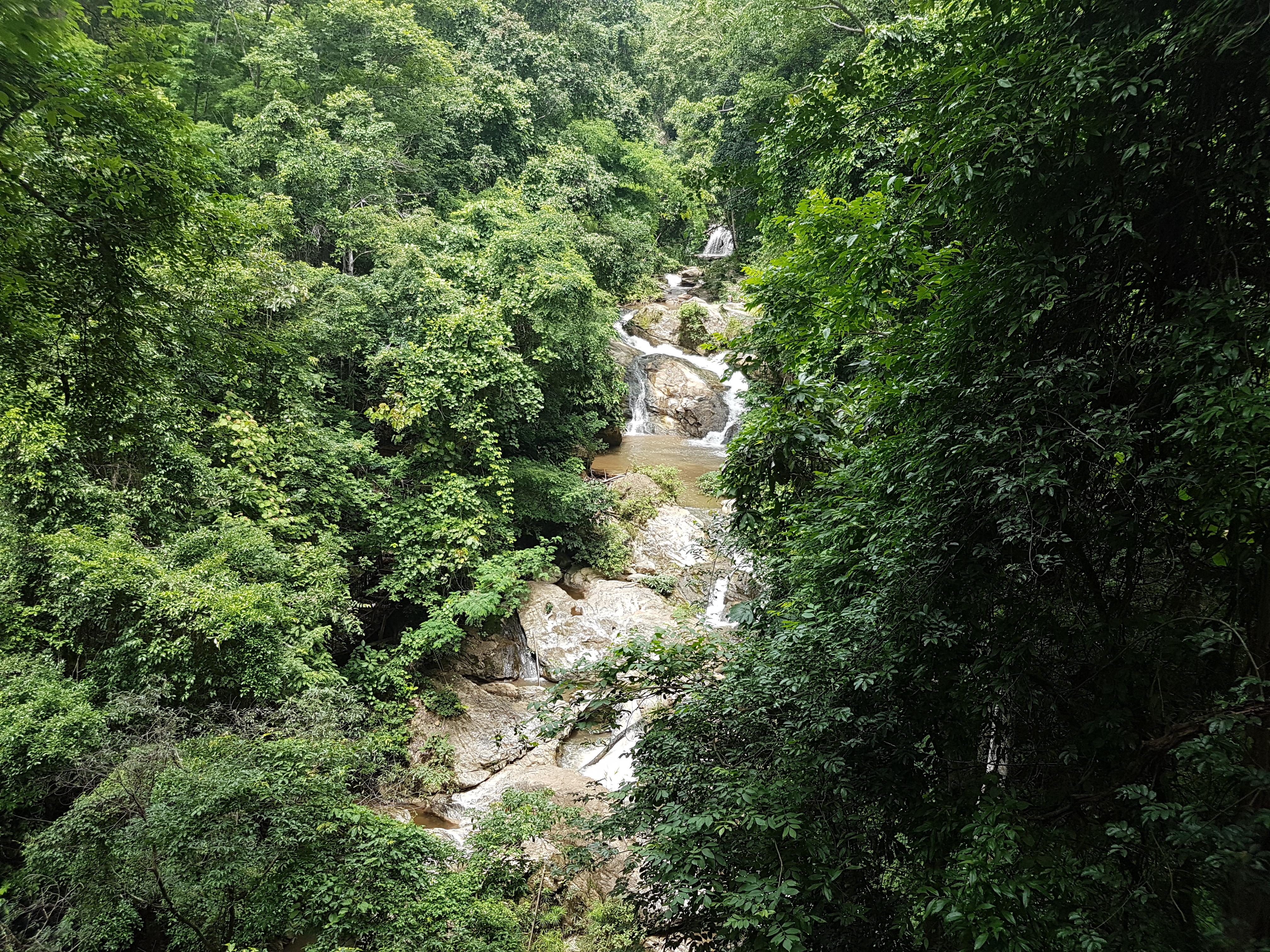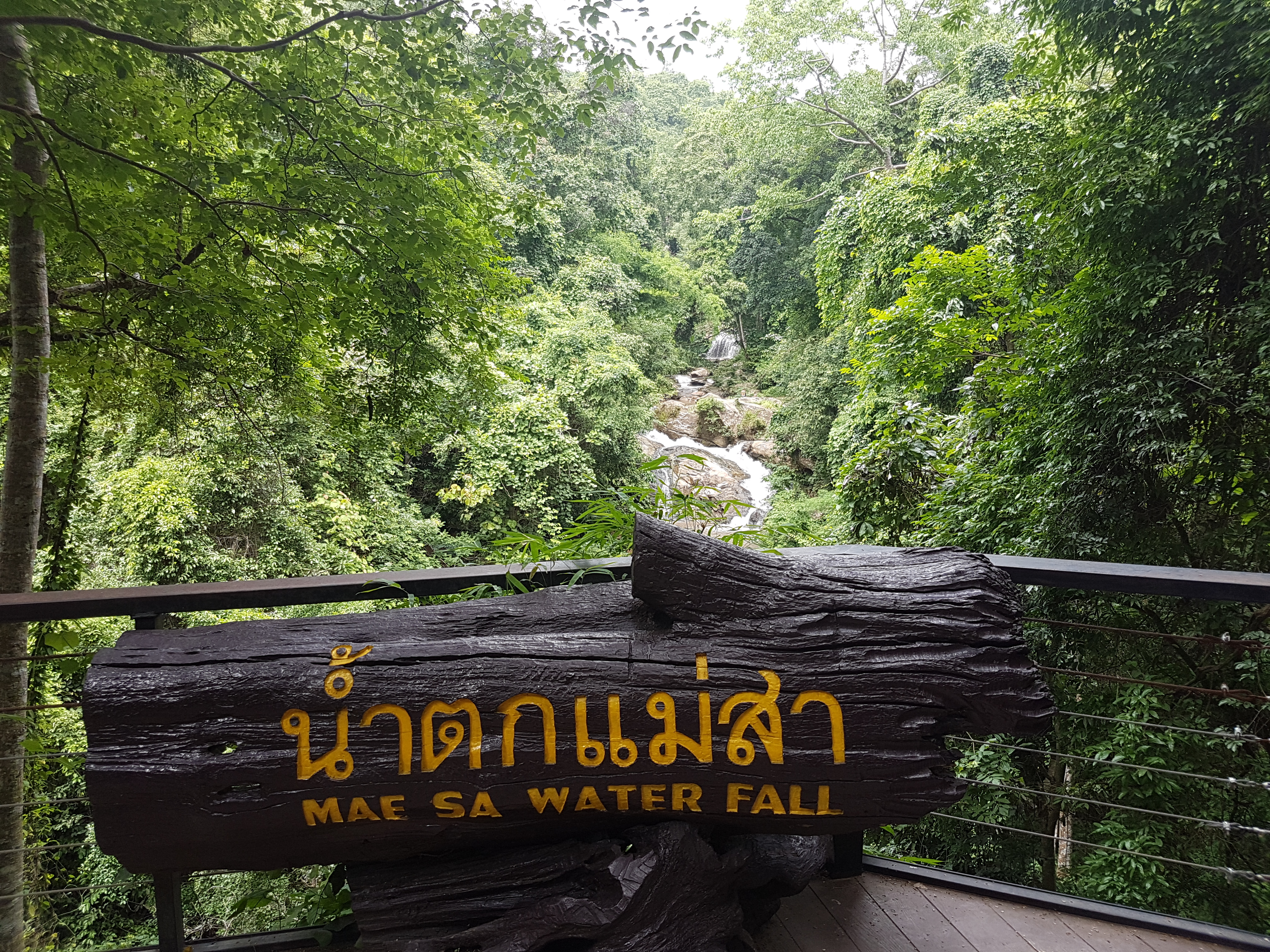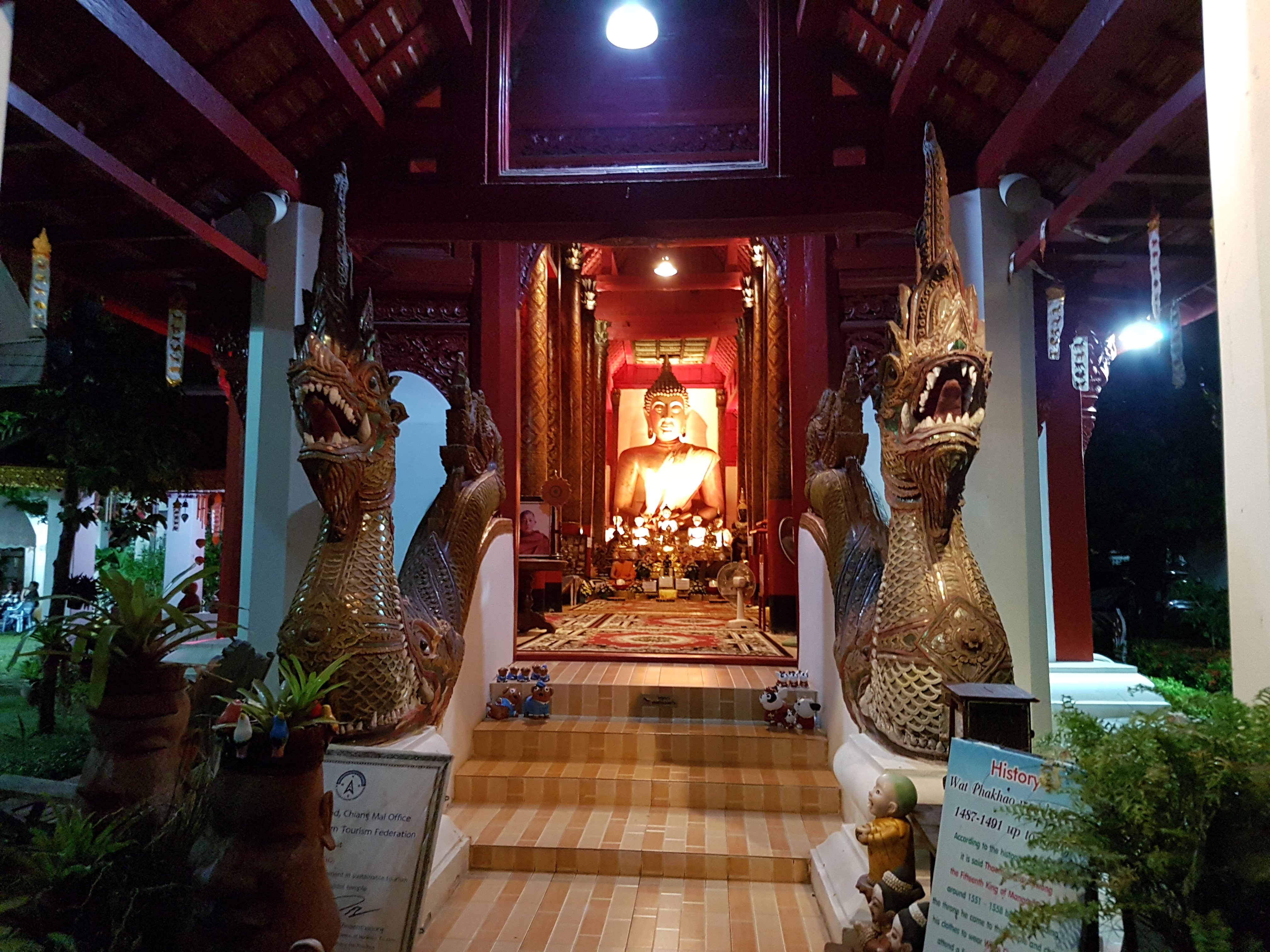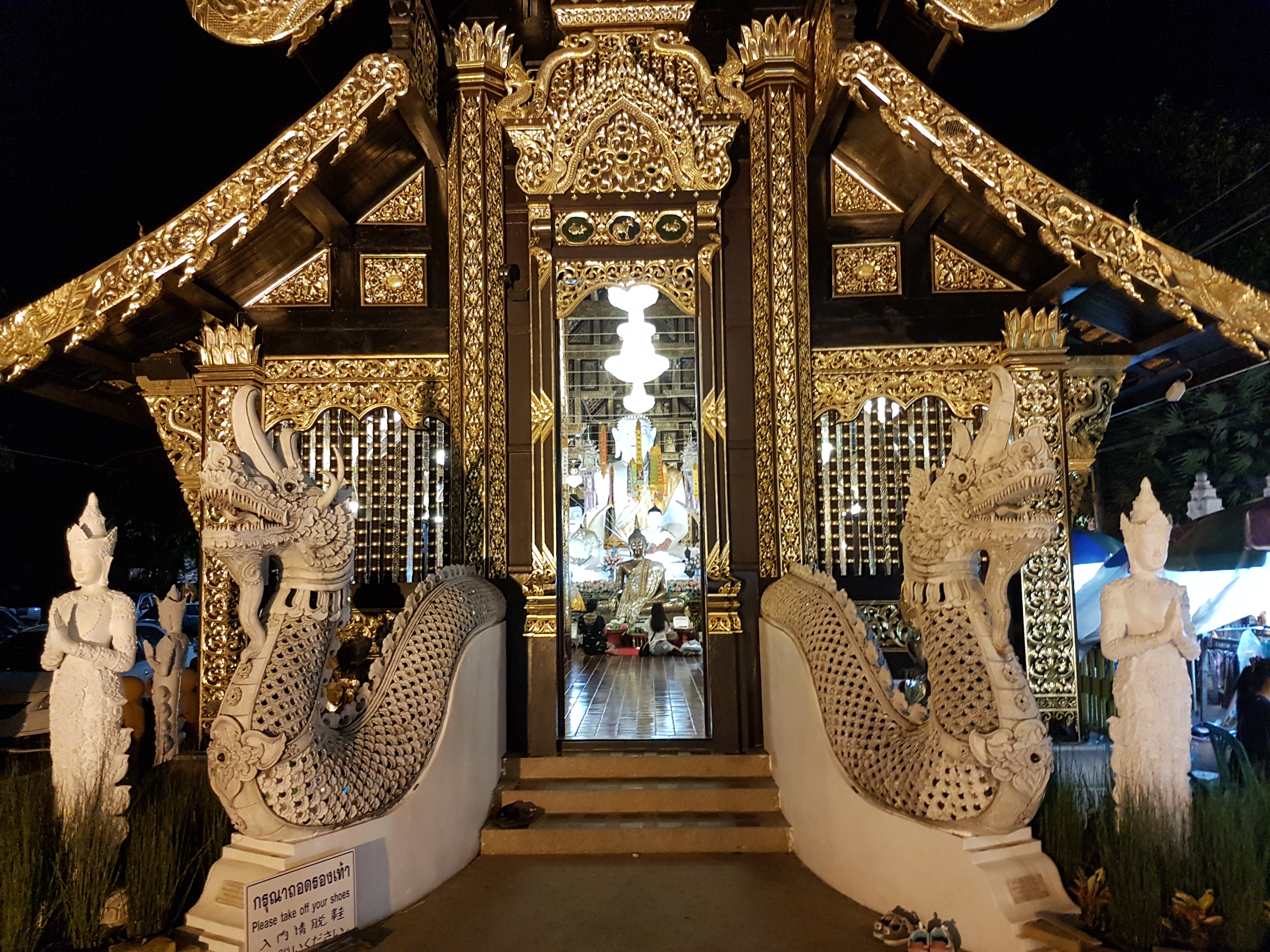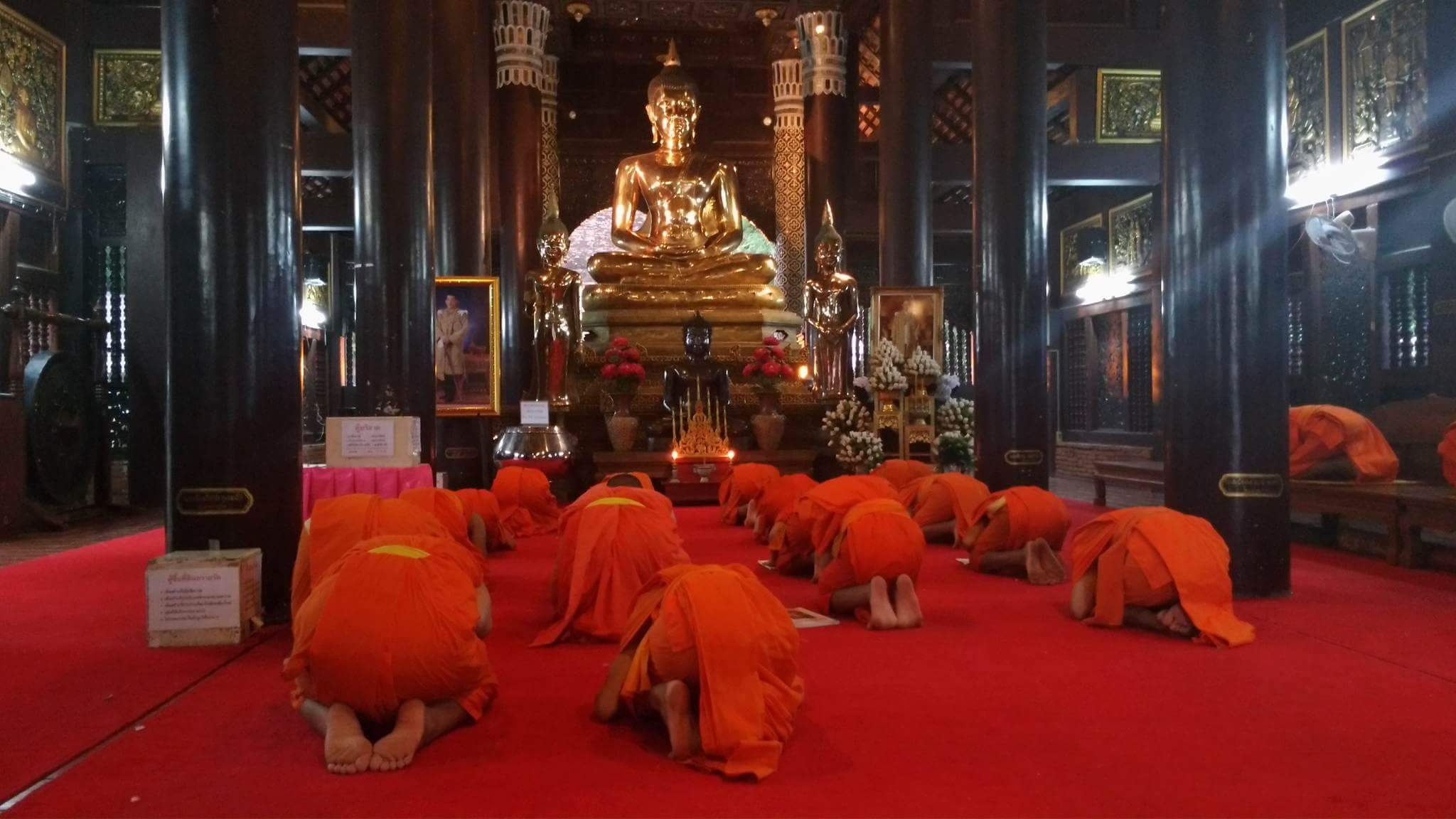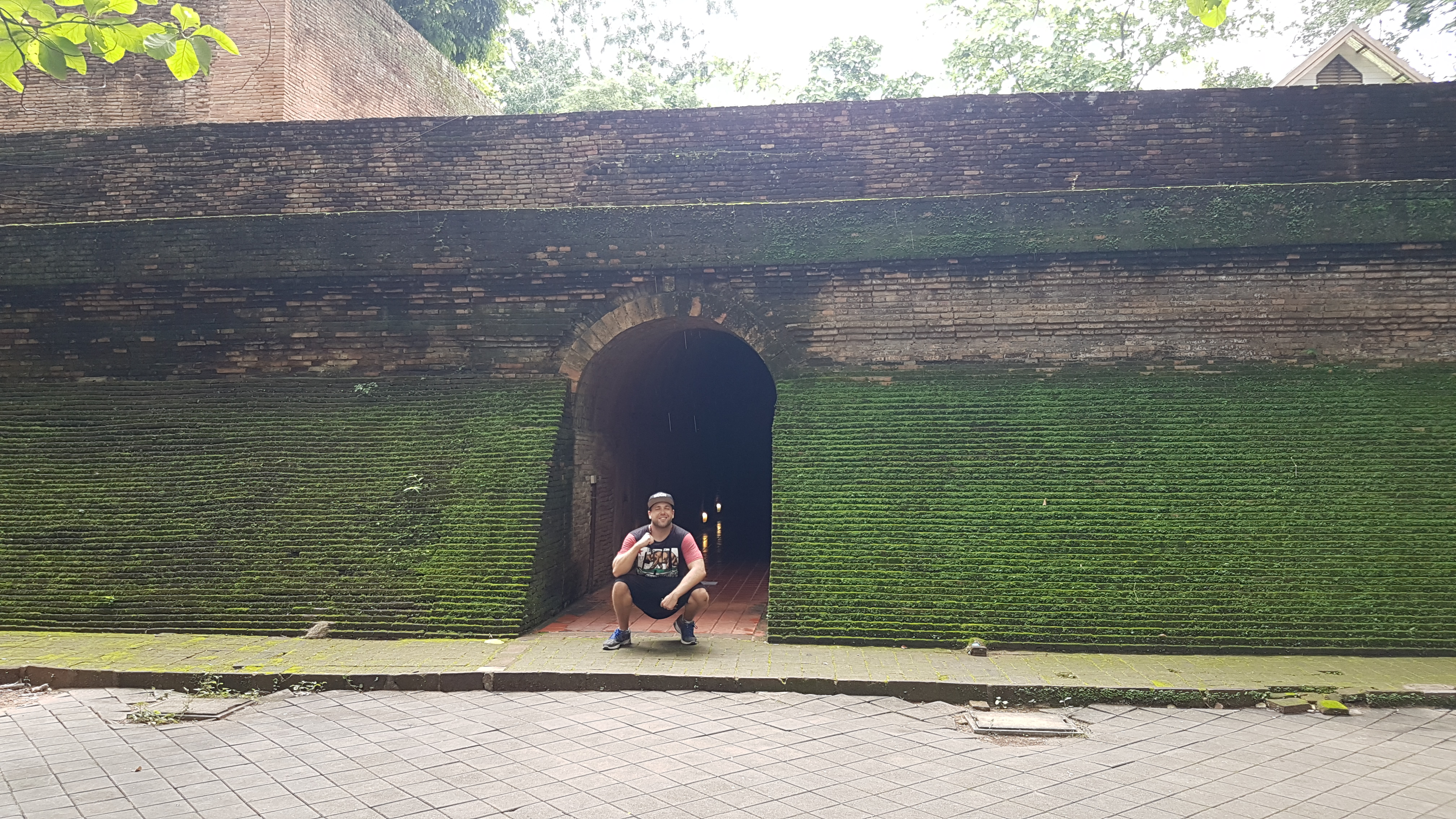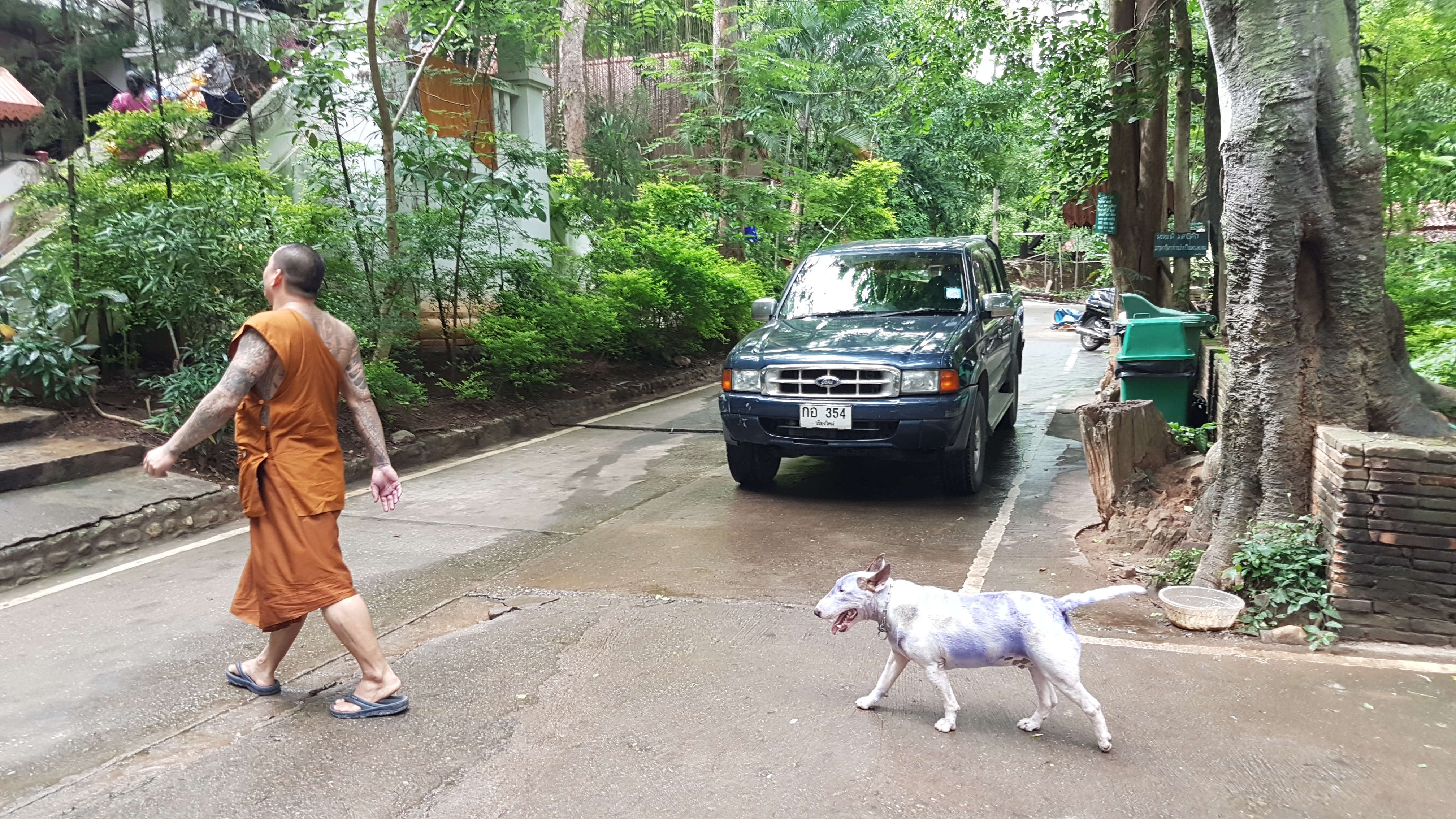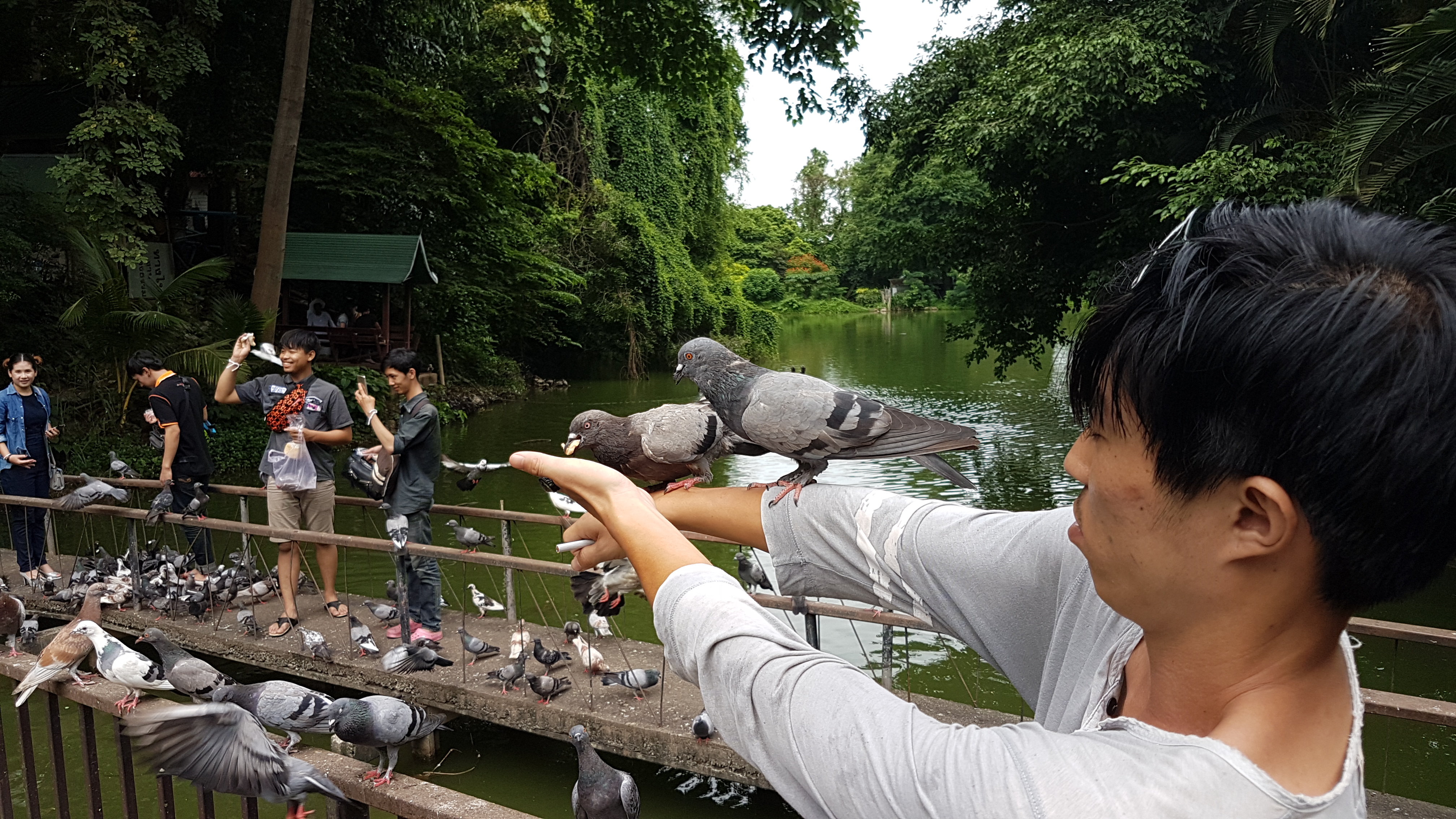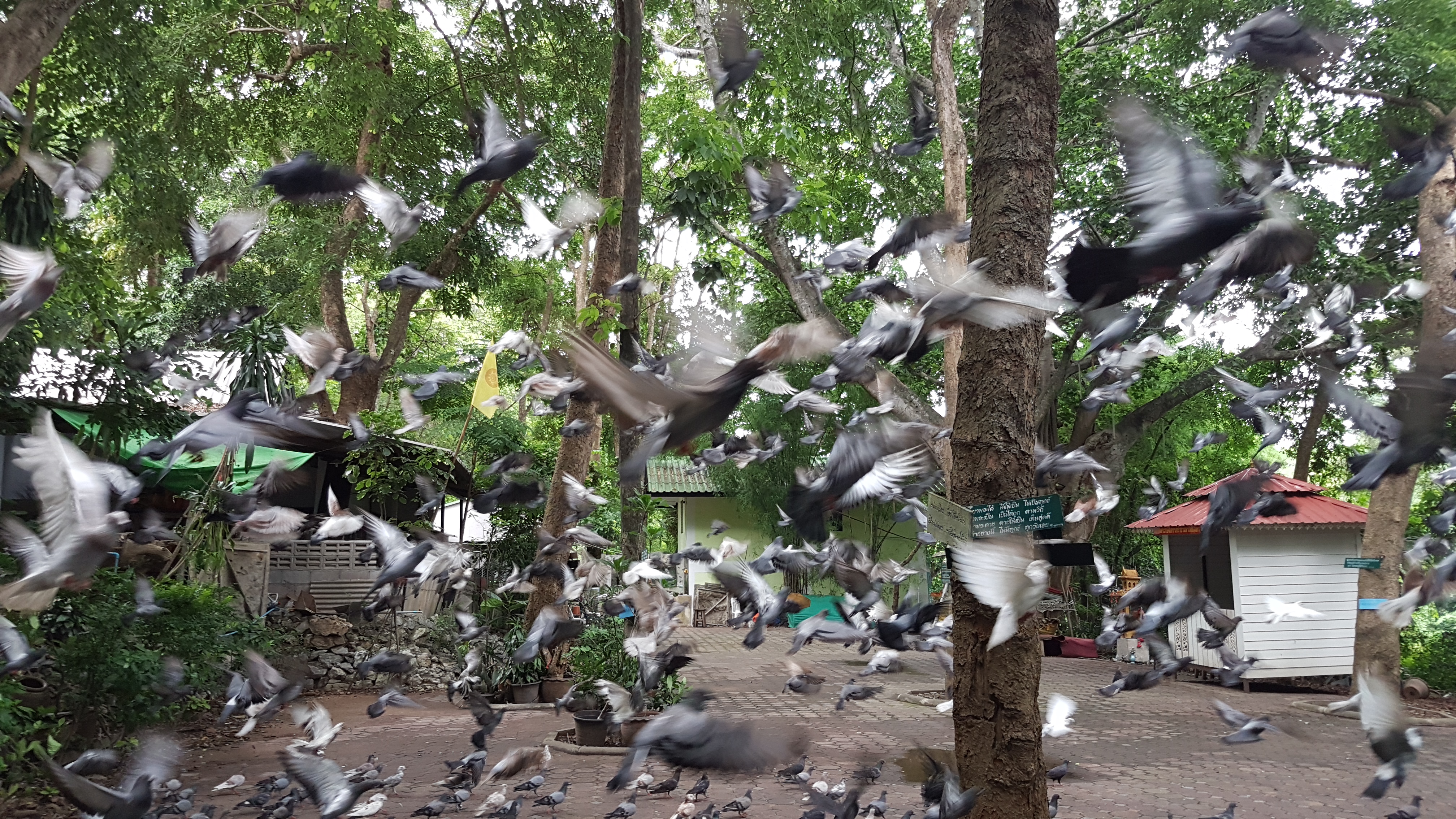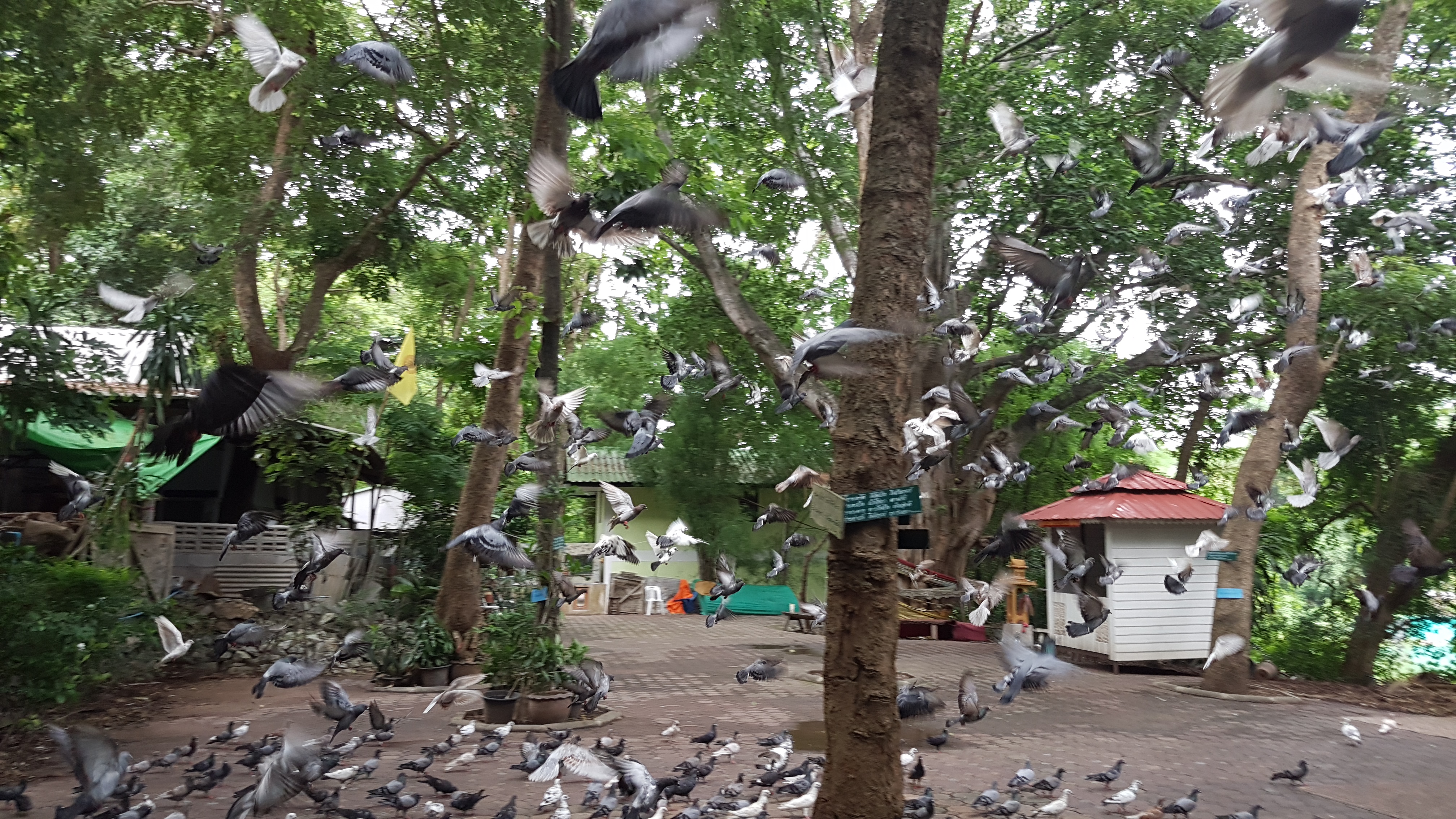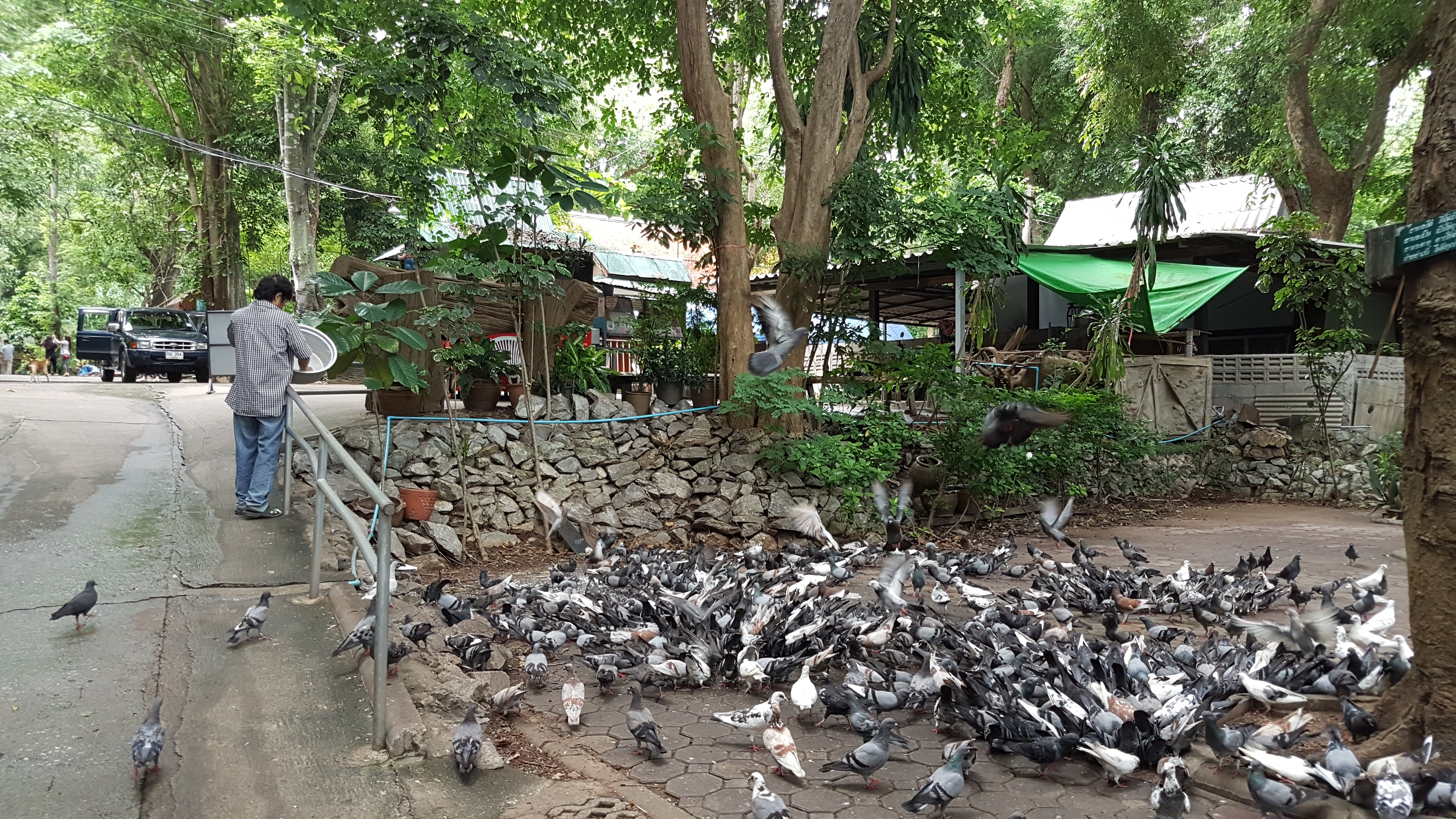When visiting Thailand, it’s impossible not to stop by Chiang Mai. Boasting a robust population of one million residents in its metropolitan area, Chiang Mai is the largest city in Northern Thailand. Due to its strategic position on key trading points and the Ping River, it’s the second most influential Thai city after Bangkok. This city used to be the capital of the Lanna kingdom, and its remaining fortifications and temples are a testament to its historical importance.
Despite its royal history, Chiang Mai was the site of multiple attacks and foreign takeovers. The city was first founded by Mangrai in 1294 on top of an older city of the Lawa people called Wiang Noburi. When the Lanna Kingdom rose in power, they shifted their capital from Chiang Rai to Chiang Mai in 1296. From there the city received its ceremonial name Nopburi Si-Nakhonping Chiangmai (นพบุรีศรีนครพิงค์เชียงใหม่) which translates to Chiangmai Ping’s City of the Nine. This longwinded name refers to the nine ancient Lannese tribes that occupied the area.
Immediately after its establishment, Lanna ruler Pha Yu started fortifying the city. A large moat and defensive wall were created to ward off attacks from the neighboring Taungoo Dynasty in Burma. These fortifications still stand to this day, and mark the border of the “Old City”. Despite gradually growing and becoming home to many important temples, Chiang Mai couldn’t escape the decline of the Lanna kingdom. When the empire fell into disrepair, their capital was occupied by the Taungoo Barma in 1556.
Against all odds, the Burmese occupation of Chiang Mai lasted over two hundred years. Ironically Chiang Mai wasn’t liberated until the Thonburi king Taksin drove the Taungoo Bamar out of the city in 1775. In an act of appreciation, Chiang Mai’s ruler Chao Kavila agreed to make Chiang Mai an official part of the Thonburi Kingdom. Unfortunately, this alliance couldn’t save the city from the revenge of the Burmese. Due to incessant counter-attacks from the Taungoo Bamar, Chiang Mai was abandoned from 1776 to 1791.
Over time the violence gradually subsided and Chiang Mai was re-inhabited. From there it steadily grew until it was recognized as a city in 1935. Today Chiang Mai is the main financial district of Northern Thailand, which shows how far this city has come. Thanks to its illustrious history and endless amount of neighboring attractions and temples, Chiang Mai has exploded in popularity. Over 9 million tourists descend upon this bustling city annually, and this number has been growing by 15 percent since 2011.
Thanks to its booming tourism industry and strong financial sector, the sky is the limit for this bustling metropolis. Chiang Mai is both a modern and historical wonderland that’s filled with ancient Buddhist temples. Its location next to national parks and multiple entry points into the jungle make it too appealing to ignore. To highlight the potential of this influential city, we compiled a list of the coolest things to do in Chiang Mai. This is the gem of Thailand and a testament to the greatness of the Lanna Kingdom, so don’t miss out on this union of old and new!
Dopest Things to Do In Chiang Mai
Activity #1: Patara Elephant Farm – Out of all things to visit around Chiang Mai, none make a more profound impact than Patara. This is due to the fact that this health-recovery and reproduction management farm is fighting a noble fight. When Theerapat “Pat” Trungprakan founded the elephant farm in 2001 he had no idea how big it would get. Under the mission statement “Extinction is Forever”, this man championed the rights of this once revered species. By rescuing captured elephants and pairing them with mahuout caretakers, his organization gives elephants a second shot at life.
Today the farm is home to 67 elephants that hail from all around Thailand and Myanmar. Each one has a mahout that spends all day taking care of them as they eat up to 300 pounds of brush and fruit each per day. To generate income for the cause, they offer the “Elephant Owner for a Day” program. While the price is noticeably steep, it’s well worth the experience. During this day-long program, participants are immersed in the never-ending chores of the mahuouts.
Elephants are high maintenance animals, so every aspect of their health is constantly being analyzed. From examining their feces to scrubbing their skin with brushes, no detail is overlooked. Interestingly enough, a lot can be told by their shit. If the feces smell bad, it means the elephant isn’t eating a balanced diet of fruit. When the poop is filled with half chewed leaves, it means that the elephants teeth are rotting. If they don’t walk through river rocks regularly, their toenails don’t get filed and they develop sleeping problems. Their skin also needs to be scrubbed and bathed regularly to avoid collecting parasites. These elephants are treated like royalty, which is a nice twist since their upbringings were far from enjoyable.
Even though Thailand is famous for elephants, overtime their numbers have dropped drastically. While the elephant population used to exceed 100,000 in the 19thcentury, today only 1,000 to 2,000 wild elephants exist. This alarming reduction is due to deforestation and the banning of logging in Thailand. Faced with no logging work, many mahuouts turned to using their elephants in tourism jobs. Today over 100 elephants are used to beg in Bangkok, which causes 15 traffic accidents every month.
This dwindling elephant population has created a thriving black market for baby elephants. Since ivory poaching is big in Thailand many elephants are imported in from Myanmar. Baby elephants go for $33,000 USD, which is a small fortune in Southeast Asia. This wildly high profit margin has created elephant smuggling syndicates that smuggle elephants into Thailand from Myanmar.
In the Burmese jungle poachers lure elephants into pit traps. After shooting the older elephants, the baby elephants are extracted and smuggled into Thailand. From there their arduous introduction into circus life begins. To be able to train elephants to do street tricks, the baby elephants are beaten relentlessly until their spirit is broken. This phase is called Phajeen, or “the crush”. From there the elephant’s paperwork can be forged and it will enter Thailand’s flourishing elephant tourism industry.
This sad reality for Thai elephants makes places like Patara Elephant Camp that much more important. While there’s no denying that this noble cause has evolved into a lucrative business, it’s still worth investing in. At least on their premises in the mountains of Hang Dong Valley, these elephants enjoy the pampering they never received as babies. Participating in this redemption is priceless, since it provides an intimate look at a noble species that’s steadily fading away.
Activity #2: Tiger Kingdom – Despite routinely being confused with an illegal monastery that was drugging tigers, this place is legit. Instead of filling their tigers with opioids, this organization has them exposed to the human touch since birth. This constant contact with humans throughout their lives allows these tigers to be in a cage with a stranger without making them their lunch. This is quite the anomaly, since most cats this big could never be domesticated. Despite sounding too far fetched to believe, this organization manages to bridge the gap between humans and tigers.
Ever since it was founded in 2008, Tiger Kingdom has pioneered big cat encounters. What started as a simple request from a tourist helped them evolve from a normal zoo into a full-fledged tiger conservation hub. From breeding rare types of tigers to offering day-long trainer programs, this organization is essential for the survival of the species. Through hands on example, they educate visitors about every aspect of these powerful creatures. They even release mature tigers onto their sanctuary in Mae Taeng, which is about 40 km outside Chiang Mai. There’s no other place in the world to get this close to conscious tigers, so this sanctuary needs to be visited!
Activity #3: Explore Neighboring Natural Attractions – From the Mae Sa waterfalls to Pha Chor Canyon, Chiang Mai is surrounded by breathtaking feats of nature. The best way to experience them is renting a bike and hitting the road. Buy a SMART phone chip and let your GPS be your guide. From one-hour road trips to three hour marathons, there’s no end of places to explore around Chiang Mai. Just watch out for the police, because they will try to stop you and shake you down for bribes.
Bonus: Visit Temples – Chiang Mai used to be the capital of the Lanna Kingdom, and this royal position made it holy ground. Starting with the construction of Wat Phra Singh, multiple temples were made in honor of previous kings. Over 300 temples are scattered throughout Chiang Mai and the neighboring jungle. While some are adorned in gold, others are nestled in the heart of jungle caves. Saying that these holy sites are breathtaking is a wild understatement, so get an intimate look at our favorite Thai temples with this article!
